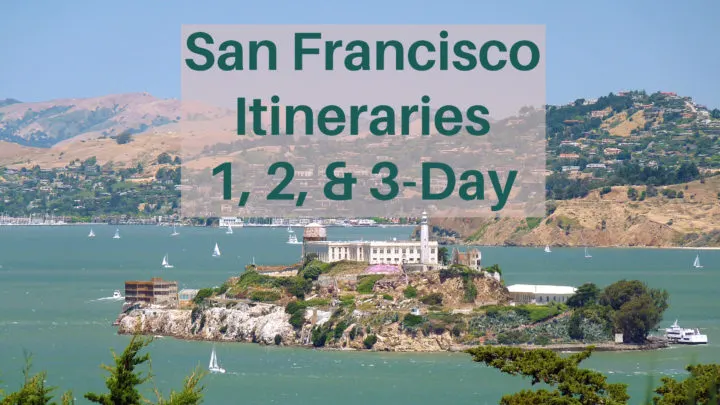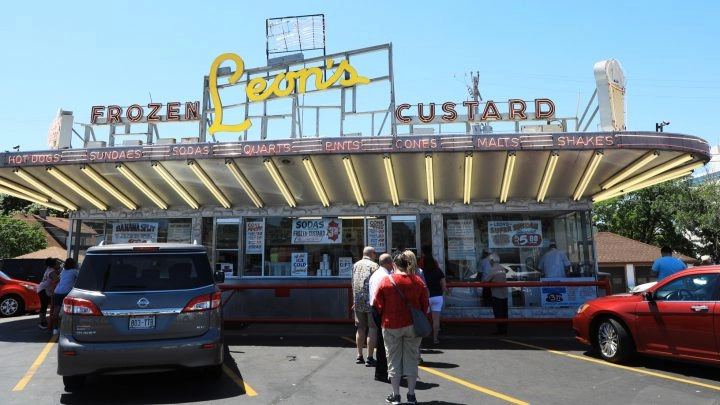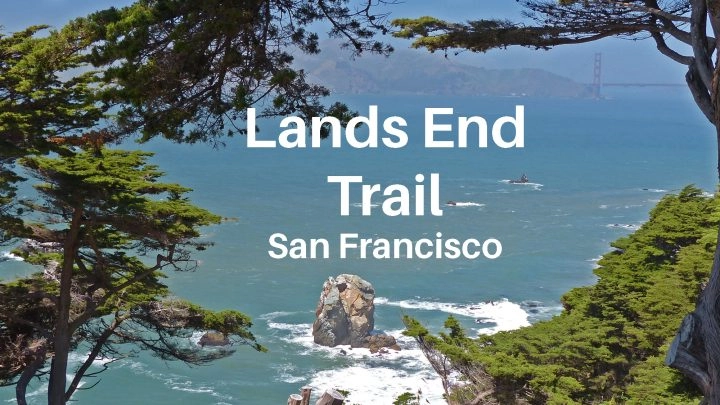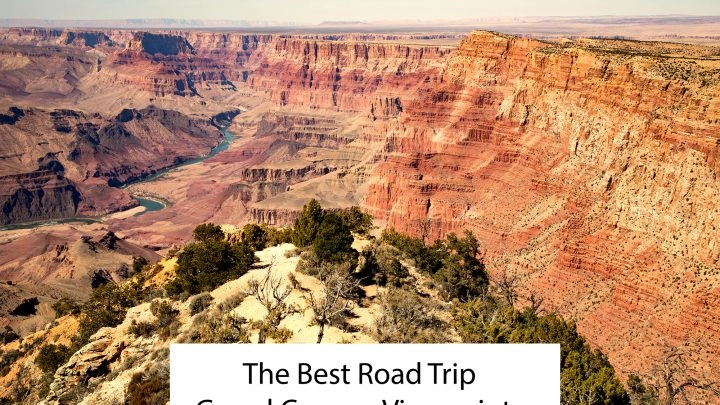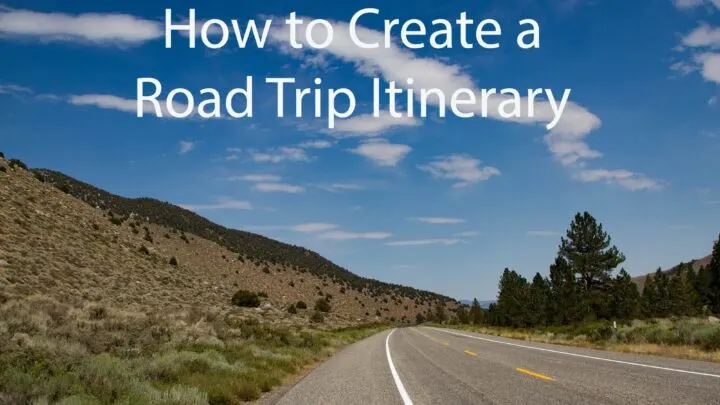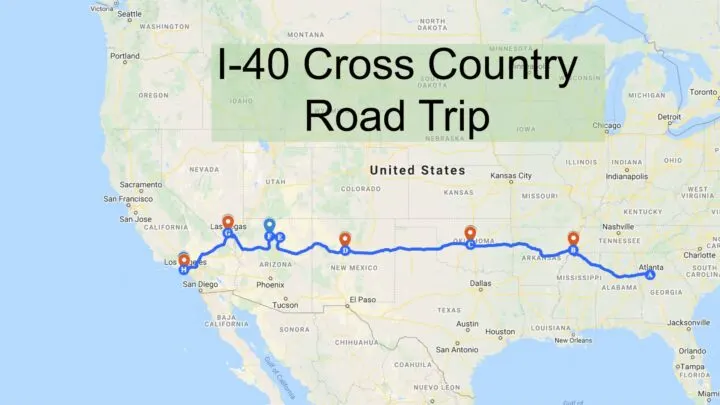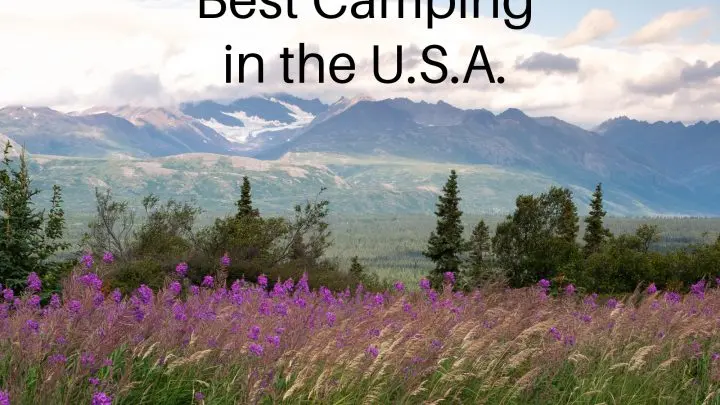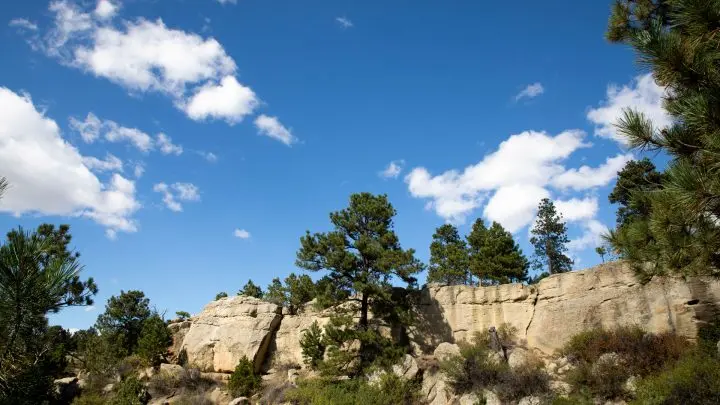Check out these fantastic southwestern national parks. There’s something for everyone from sand dunes to bat caves.
We’ve grouped the US national parks into three main regions, the Eastern United States, the Northwestern United States, and, in this article, the Southwestern United States. Parks in the southwest are found in Arizona, California, Colorado, Nevada , New Mexico and Utah.
If you are looking for a national park in one of the other states, you can read these articles:
Northwest National Parks and Outliers – states include: Alaska, Hawaii, Montana, North Dakota, Oregon, South Dakota, Washington, and Wyoming.
Eastern US National Parks – states include: Michigan, Minnesota, Missouri, North Carolina, Ohio, South Carolina, Tennessee, Virginia, and West Virginia.
While most of the region is characterized as arid and hot, there are also some lush, old growth forests and wind-swept Pacific beaches to be found here. Some of the most popular parks in the country can be found here as well like Arches, Yosemite, and, of course, the Grand Canyon.
All US National Parks List Map
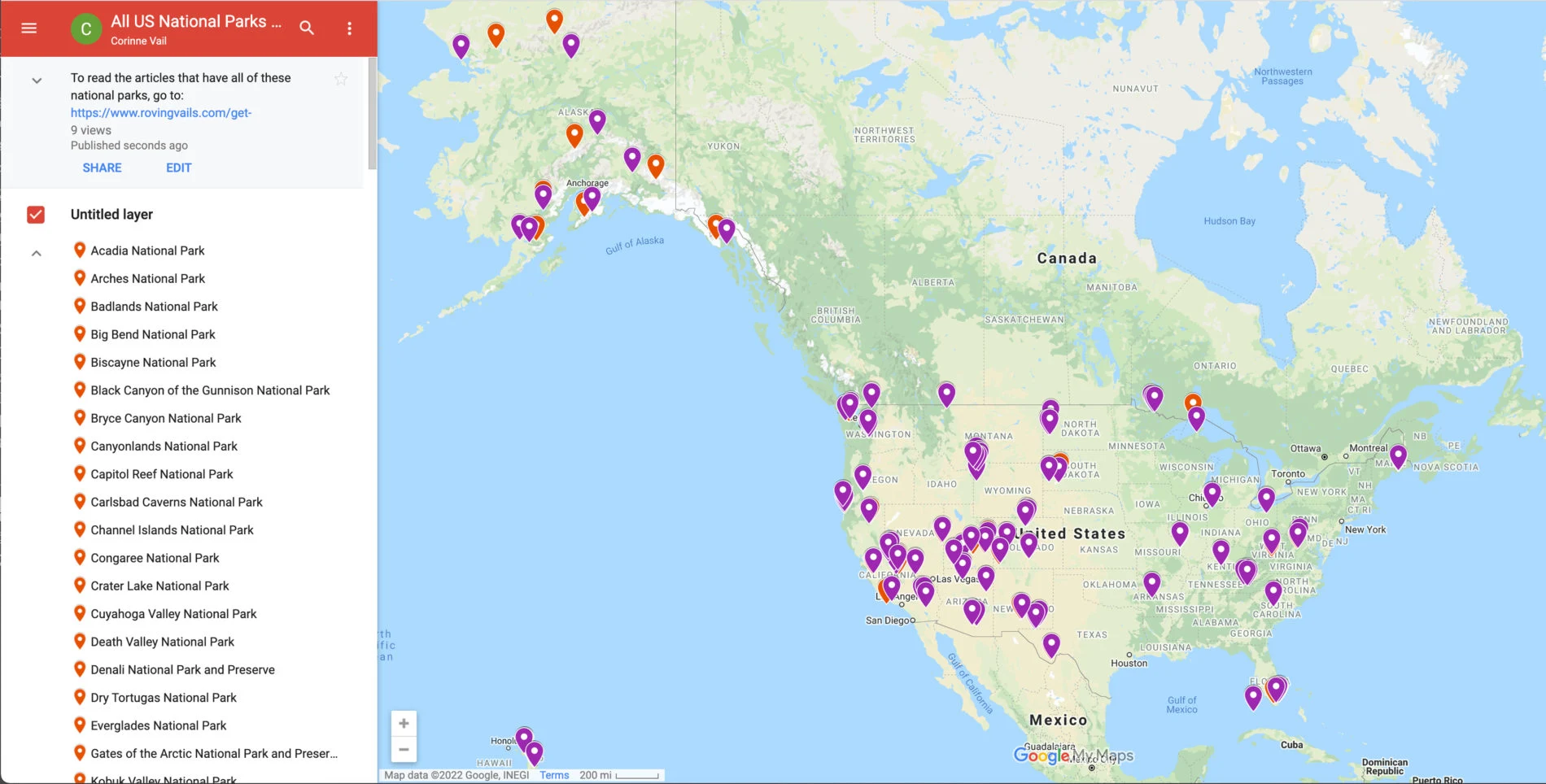
Free National Park Pass for Fourth Graders!
That’s right, fourth graders are invited to visit the National Parks for free. In the US, fourth graders learn all about the geography and history of the different regions in the USA. The National Park Service wants to help and, at the same time, encourage a love of the outdoors. Fourth grade students should visit the Every Kid Outdoors website to get their pass that will allow free entry for them and their families to all National Parks until August of the next year.
If you are interested in a particular state, you can jump to that state by clicking on these links:
Arizona
California
Colorado
Nevada
New Mexico
Texas
Utah
Arizona
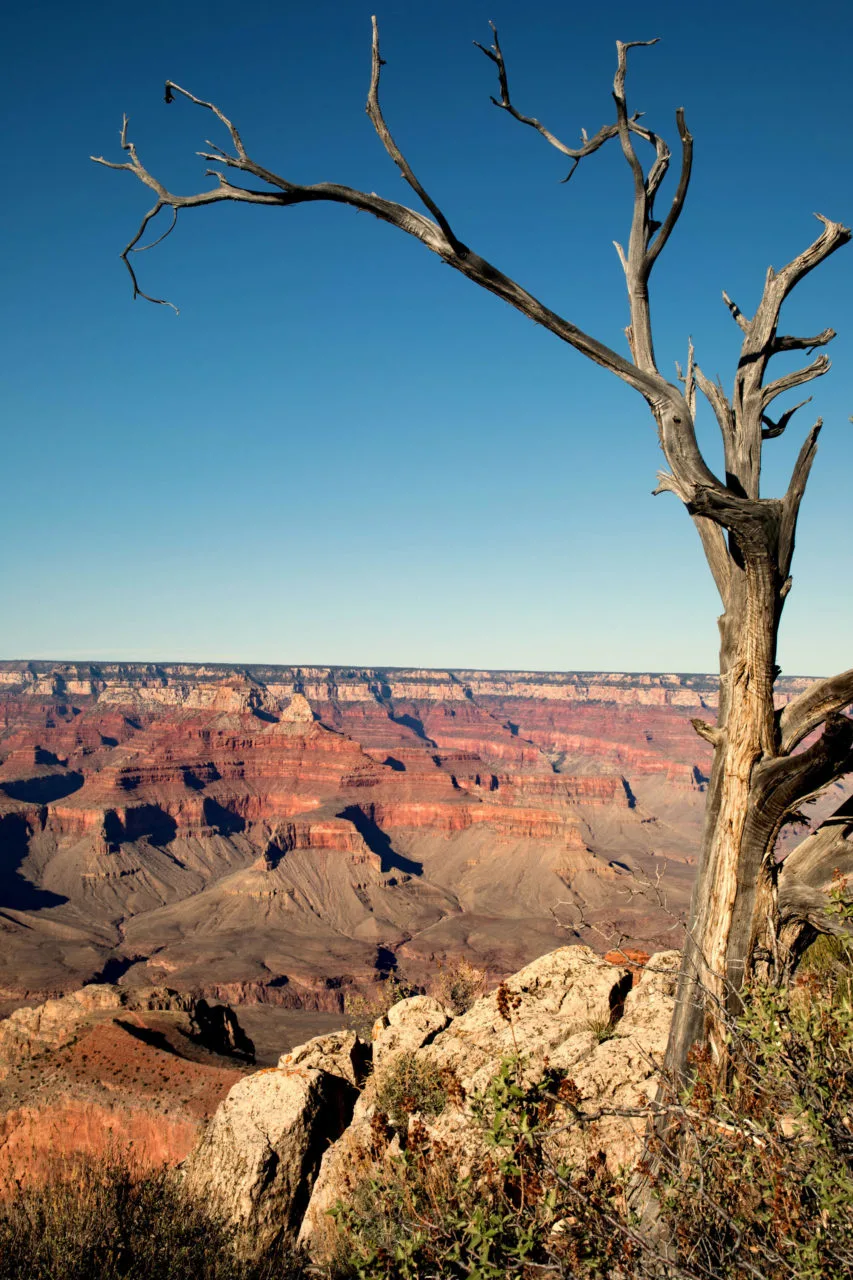
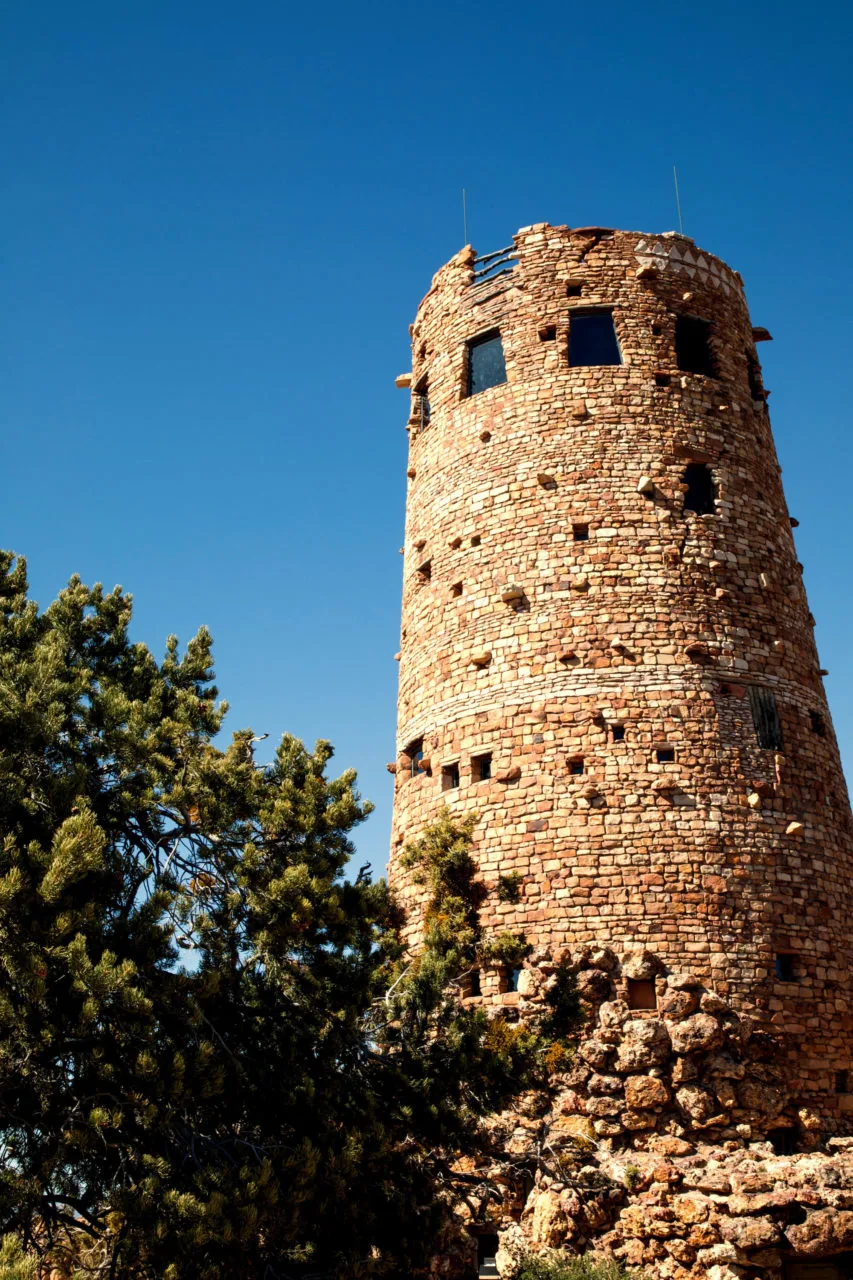
Grand Canyon National Park
#1 reason to go: The views are spectacular, especially if you’re hardy enough to see a sunrise or sunset!
Best time to go: All year long is great, however the roads can get a little worrisome in the dead of winter, and crowded in summer.
Should families with kids go? Yes! Along with the various overlooks and shorter hikes, there are plenty of museums and exhibits.
Park Description: There is plenty to do in Grand Canyon National Park, whether you are only there on a quick stopover or if you can spend more time. The park is well set up for lots of cars to park at all the major overlooks, and we recommend you stop at them all and do some of the hikes which range from less than a mile to 12 miles if you hike the popular Bright Angel Trail.
Grand Canyon also hosts quite a few museums and studios to include: Tusayan Museum and Ruin, Hopi House, Yavapai Geology Museum, the popular Watchtower, Kolb and Lookout studios. All are worth at least a quick stop to learn about the indigenous people, plants, and animals of the region along with the fascinating geology.
#1 Tip for visiting: The park is so popular, that no matter what time of year you go, you won’t be alone. You need to plan your trip and book as early as you can. If you want to go to the bottom, hiking, rafting, or on horses, you’ll need to book at least a year in advance.
Other things to do in the area:
- Antelope Canyon
- Horseshoe Bend
- Route 66
- Lake Powell
Recommended by: Jim and Corinne
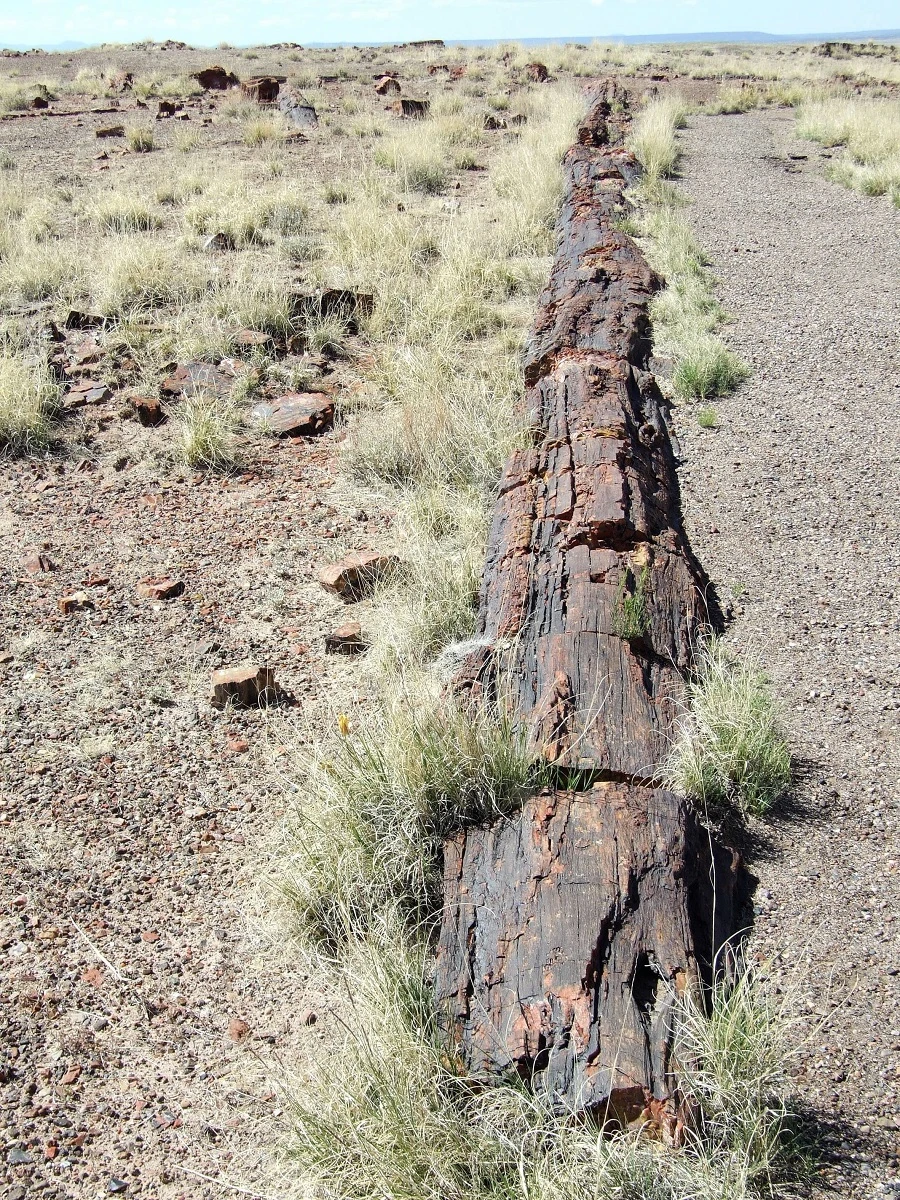
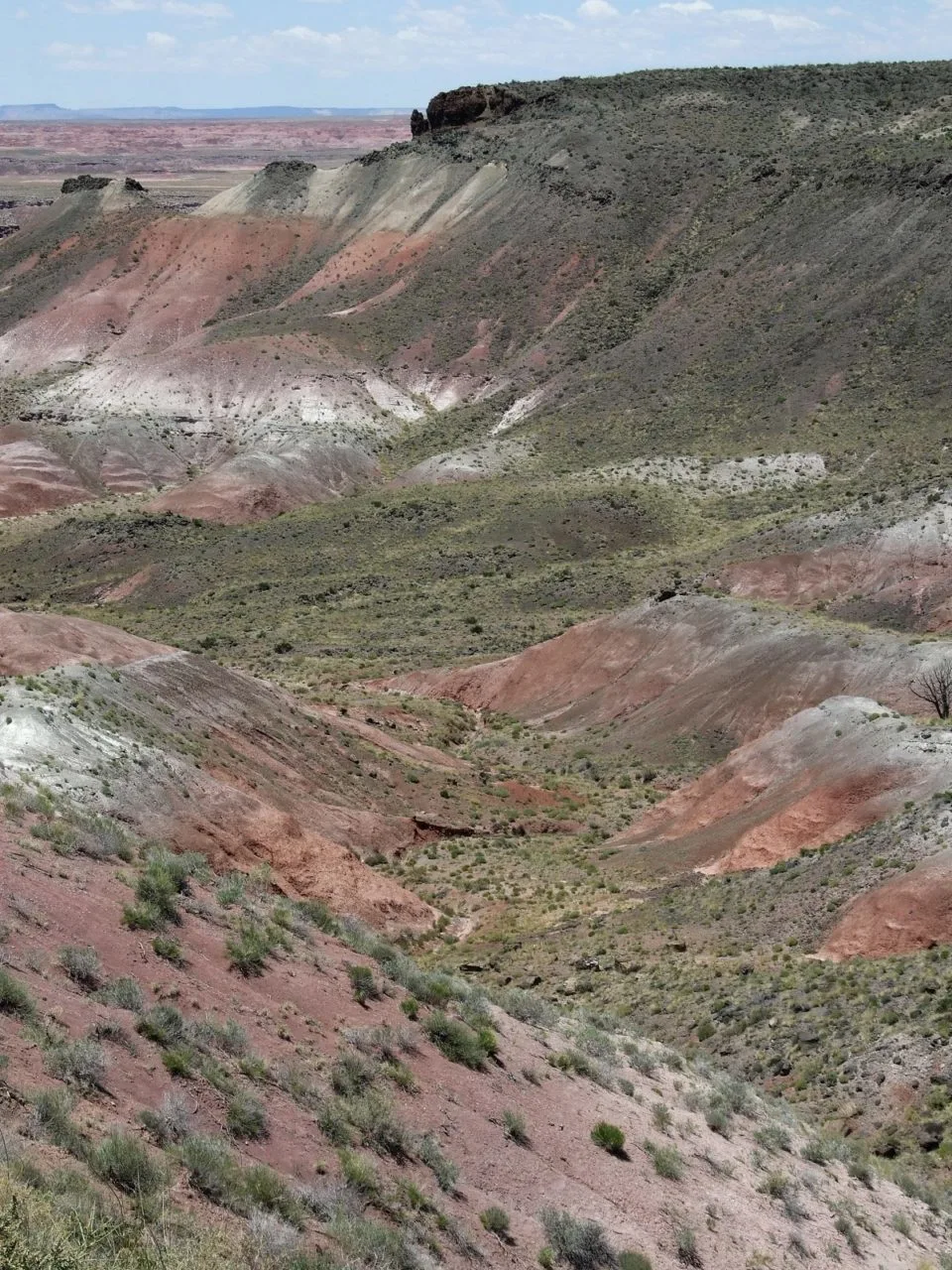
Petrified Forest National Park
#1 reason to go: So many reasons: the combination of the petrified logs, Painted Desert vistas, ancient petroglyphs and Route 66 memorabilia makes it unique and so beautiful.
Best time to go: May and June are good months to visit, ahead of the busiest season, with temperatures still below 100°F.
Should families with kids go? Yes! There are several shorter hikes on which you can view the petrified logs and learn a lot about the geology and history of the area.
Park Description: Petrified Forest National Park offers petrified logs, ancient petroglyphs, pueblos and the Painted Desert. The Painted Desert is in the North of the park and the petrified logs in the Southern part. One road crosses the whole park, with several stops with viewpoints and starting points of hikes.
We drove the 28 mile long park road and stopped at every viewpoint, undertook all 7 walking trails and we visited the historical buildings in the park. This took us some 6 hours in total. We stayed at the Best Western Arizonian Inn in Holbrook.
My favorite part of the park is hard to say, a tie between Newspaper Rock and the Painted Desert Rim Trail. The first one has over 650 petroglyphs on it, the second has mesmerizing vistas. The 7 walking trails vary from 0.3 miles (Puerco Pueblo) to 2 miles (Agate House).
On these you can see everything the park has to offer, the petrified logs from the largest, to beautiful ones to a whole forest. Several pueblos, the Painted Desert, petroglyphs, mesas and wildlife (such as lizards and birds). Historical buildings include the Rainbow Forest Museum, Painted Desert Inn National Historic Landmark and the Painted Desert Visitor Center.
#1 Tip for visiting: Take a whole day to explore the park, so that you can do the hikes and visit the historical buildings.
Other things to do in the area:
- Visit Winslow, Arizona – to stand on a corner.
- Drive Route 66, it crosses the park.
- El Malpais National Monument.
- Grand Canyon National Park.
- Sunset Crater Volcano National Monument.
Recommended by: Cosette of KarsTravels
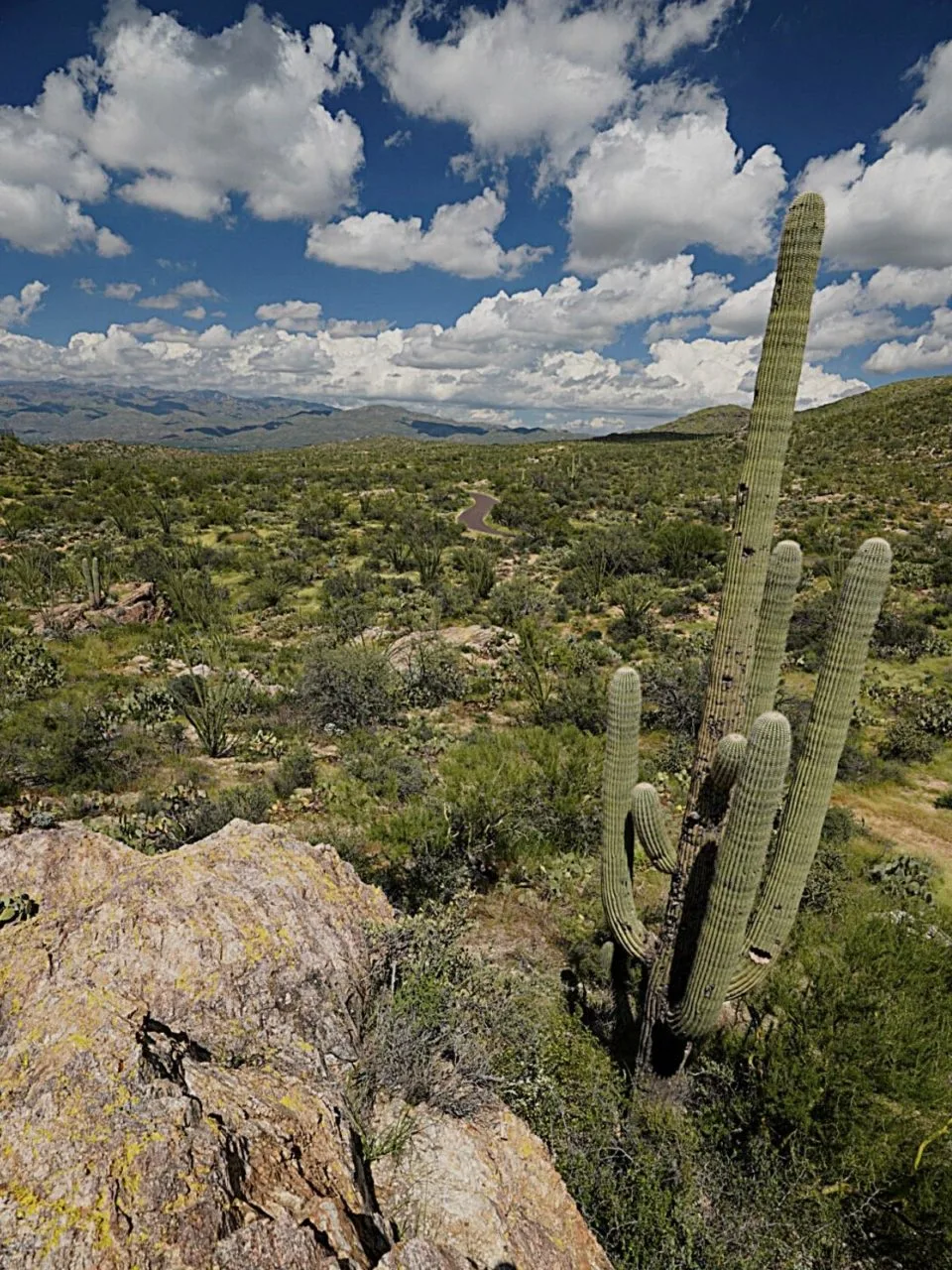
Saguaro National Park
#1 reason to go: To see the wild desert and Saguaros up close.
Best time to go: Anytime but summer! Summer is usually in the triple digits.
Should families with kids go? Yes! There are both short paved informational trails and long desert treks.
Park Description: Saguaro National Park feels like home to me. Believe it or not, I moved to Arizona for several years just to live in the cactus-studded desert. It was a landscape so foreign to me, yet at the same time, felt so much like home before I’d ever even lived there.
The purple mountains, the tall and prickly saguaro cacti, and the never-ending sunshine and even the heat are all positives in my book. One of my long-time favorite parks, and a must see for visitors, is Saguaro National Park in Tucson, a small city in Southern Arizona.
Just as the name suggests, this national park is just covered in cacti – and yes, it is home to the wonderfully charismatic saguaro. The first thing to know about this park is that it is split up into two sections – Saguaro National Park East and Saguaro National Park West. It will take between 30-60 minutes to drive between the two sections and see both halves of this incredible park, and yes, it is well worth it! Each side has its own personality and plenty of photogenic spots.
My favorite activity is definitely hiking in Saguaro National Park, and here you can find everything from short, paved and informative trails to long treks through the desert wilderness. Start your hikes early no matter what season you visit – the desert can be brutal in the midday sun. Bring plenty of water and download maps before you go!
#1 Tip for visiting: Visit both East and West, as they both have their own distinct personality!
Other things to do in the area:
- Visit the Tucson Art Museum.
- Tour the Xavier del Bac Mission Grounds.
- Pima Air & Space Museum
- Take the Kids to the Sonora Desert
- Just an hour away, visit Tombstone and watch a shoot out.
Recommended by: Monica of This Rare Earth
California
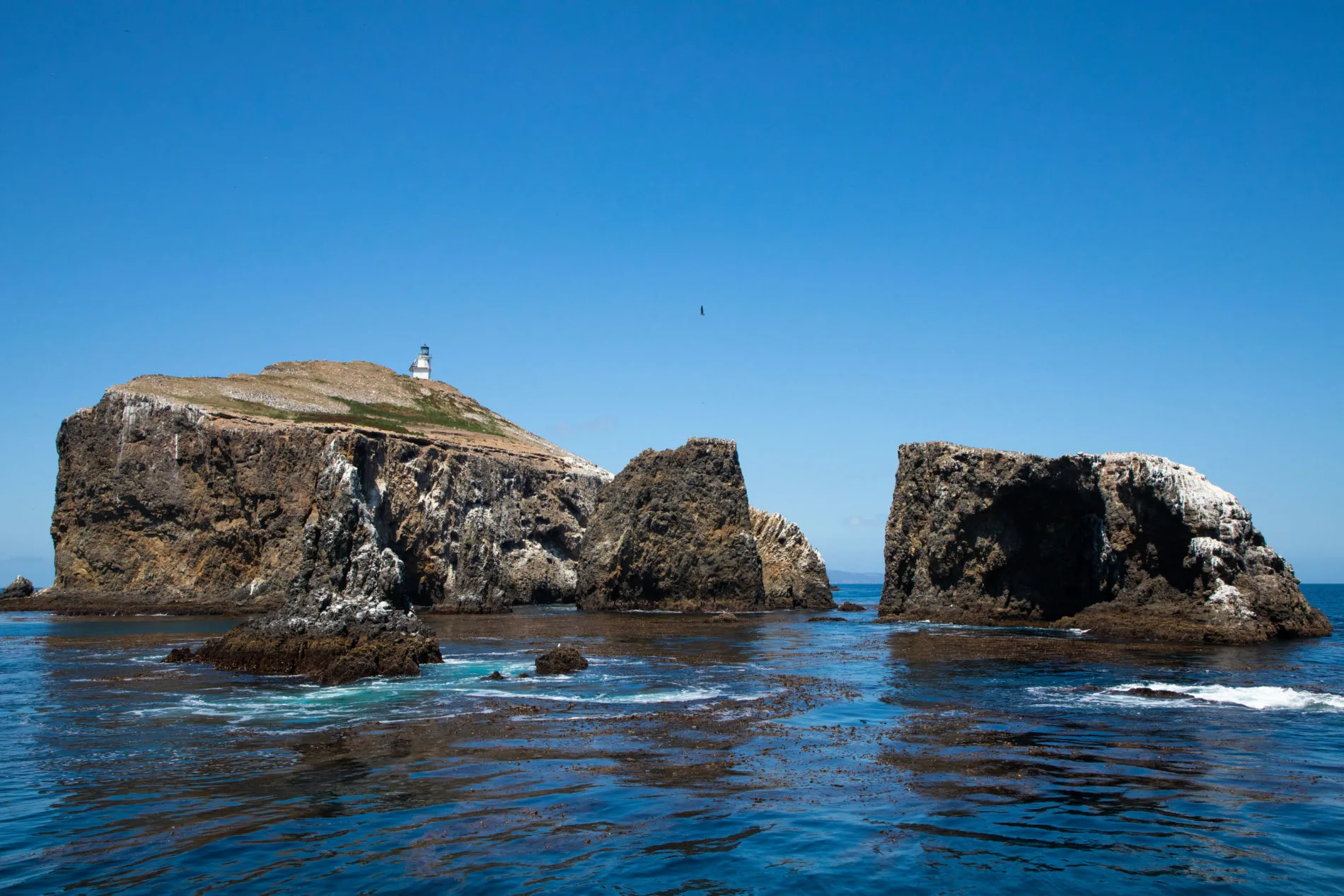
Channel Islands National Park
#1 reason to go: Getting out on the water is always fun.
Best time to go: Anytime. It’s open year round.
Should families with kids go? Maybe. If you are just going to take the cruise around the islands, kids will love it. However, if you are going to be dropped off for hiking or kayaking, they need to be a little older.
Park Description: We took the Channel Islands National Park boat cruise out of Ventura, and loved having the naturalist on board to tell us the history and all about the abundant bird life in the area. The day we went, the sky was cloudless and the air was clear and the perfect temperature.
The islands are just gorgeous, and I must have taken a couple of hundred photographs. It’s important to keep your camera on a high speed setting (like sports if its not a DSLR), because the boat is constantly rocking.
We love the views of the inlets and the arch and especially the lighthouse. It was a great excursion and well worth the short trip.
We stayed in Ventura for a few days, because there is quite a bit to do. We loved the Holiday Inn Express because it was right on the water and had some great views.
#1 Tip for visiting: If you want to spend time on the islands, take everything you might need. Not only are there no facilities, there’s no cell phone service either.
Other things to do in the area:
- Walk and have lunch at Ventura Pier
- Bike the paved Ojai Trail
- Visit Lake Casitas Recreation Area
- Go to one of the many beaches
Recommended by: Jim and Corinne
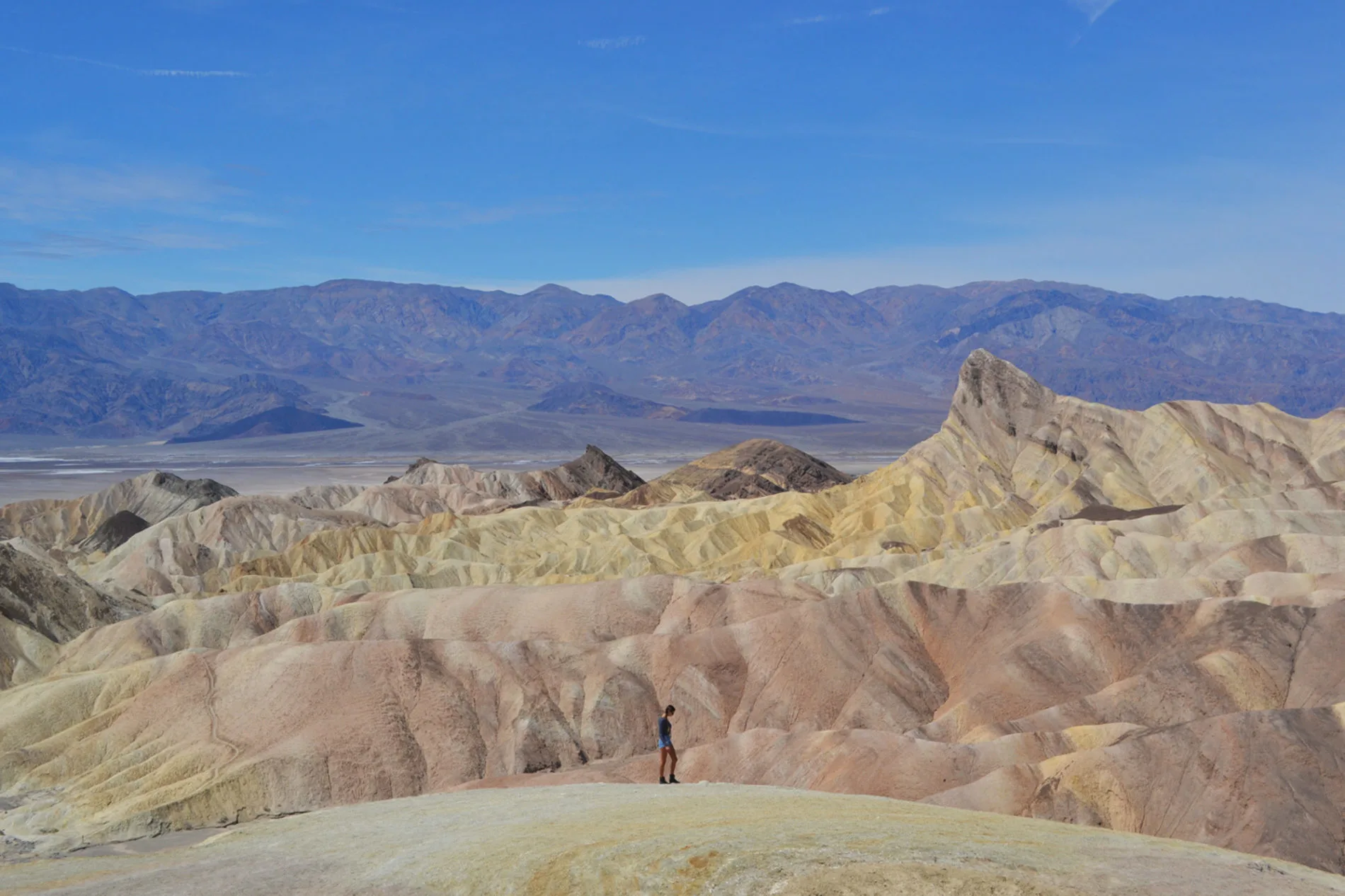
Death Valley National Park
#1 reason to go: To see incredibly unique landscape.
Best time to go: Fall, winter and early spring are all great times to visit for cooler temperatures.
Should families with kids go? Yes! There are short hikes and the sand dunes are a great area for kids to run around.
Park Description: Death Valley, which easily can be as one of the day trips from Las Vegas, is a National Park that is full of surprises. I knew it was the location of Badwater Basin and that the otherworldly salt flats would be well worth seeing. What I didn’t realize is how many other spots within the park would be just as fascinating.
The landscape in Death Valley is quite diverse. We had a great time exploring the colored mountains at Zabriskie Point, climbing sand dunes at Mesquite Flat and standing in awe at the Devil’s Golf Course, though my favorite was still seeing the hexagonal shaped salt flats at Bad Water Basin.
These locations were wildly unique but what amazed me the most was just how vast the land was. The rocky formations at the Devil’s Golf Course go on for as far as you can see. While you can definitely take an RV here, we were slightly limited on where we could go, since some of the roads are not accessible for longer vehicles.
There are several campground and lodge options within the National Park but I do recommend taking plenty of supplies with you. You’ll definitely want to keep an eye on the weather as well, as the heat and vastness are what prompted a group of early pioneers to name it Death Valley.
#1 Tip for visiting: Be prepared! There are opportunities to explore areas that are quite large and/or off the beaten path. Make sure you have food and supplies with you.
Other things to do in the area:
- Visit the Mohave Desert
- See Sequoia trees at the Sequoia National Forest
- Explore Kings Canyon National Park
- Take a drive to Las Vegas
Recommended by: Ashley of Jetset Jansen
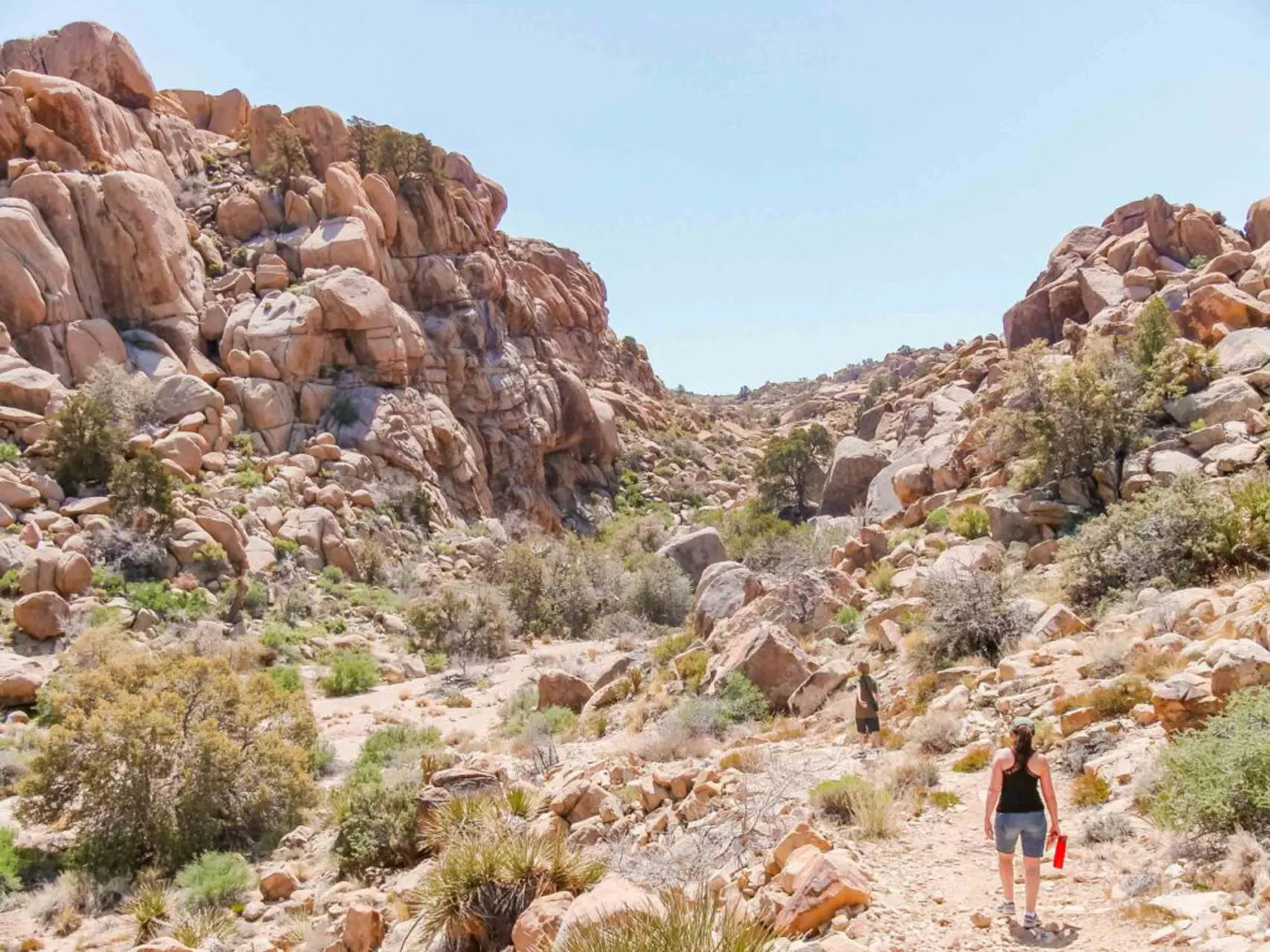
Joshua Tree National Park
#1 reason to go: The most iconic part of Joshua Tree National Park are the Joshua trees themselves that look like Dr. Seussian creations with tall trunks, spiked leaves, and branches that contort in weird directions.
Best time to go: Spring is the best time to visit because this is when the wildflowers bloom making the typically orange desert scenery bright with color.
Should families with kids go? Yes! Joshua Tree is great for families because kids will love discovering the hundreds of animal species, seeing the historic petroglyphs, and climbing all of the rocks, like Skull Rock.
Park Description: Joshua Tree National Park is a desert oasis just a couple hours from Los Angeles and makes for a wonderful day trip or weekend getaway. The park is known for its large Joshua Trees, extensive plant and wildlife, and rich Native American and Western history.
To get a taste of all the highlights of Joshua Tree, the best trail is Lost Horse Mine Trail, which is a 4-mile out-and-back trail. It takes you around an old gold mine site where you can see discarded mining equipment. It’s a great trail for families because kids will love exploring the mine sites (safely) and climbing on the rocks.
Another must-do is the Cholla Cactus Garden, which is a more low-key trail that is only a 0.25-mile loop. This spot is incredible because it is the one part of Joshua Tree National Park where different desert ecosystems meet, meaning unique plants grow here that cannot be seen anywhere else! This is sure to be one of the most memorable parts of the park! Camping is common in Joshua Tree and great for stargazing.
I love the unique stays near Joshua Tree like Hicksville Trailer Palace and the many glamping rentals!
#1 Tip for visiting: My best tip is to try to stay well after the sun goes down because the stargazing in the park and nearby area is magnificent as Joshua Tree is located far from light pollution sources.
Other things to do in the area:
- Salvation Mountain
- Noah Purifoy Outdoor Museum
- Route 66
Recommended by: Alanna of Periodic Adventures
Kings Canyon National Park
#1 reason to go: Amazing views, the deep canyon, and not too many people anytime of year.
Best time to go: The best time to enjoy this national park is summer. Winter brings plenty of snow making many roads inside Kings Canyon impassable.
Should families with kids go? Yes! This is a perfect national park for families, as it offers plenty of scenic vistas and easy to reach hiking trails and overlooks. Although it doesn’t have as much amenities, it’s great for spending a day in nature.
Park Description: Kings Canyon is one of the the least visited national parks in California thanks to its location in the heart of the Sierra Nevada Mountains away from the main tourist route.
Adjacent next to Sequoia National Park, Kings Canyon gets fewer visitors, and that’s exactly what makes it worth visiting: this national park boasts all the incredible scenery and spectacular hikes and none of the crowds of Yosemite or Joshua Tree, some of the most popular national parks in the Golden State.
Home to spectacular valleys that have been carved by glaciers over thousands of years, and one of the deepest canyons in the United States, Kings Canyon also boasts General Grant Tree – the second largest tree in the world.
One of the best hikes at Kings Canyon is Zumwalt Meadow, an incredible visit surrounded by sheer granite walls that offers some of the best views in this national park. The trail is just 1.5 miles but it offers views of the meadows with spectacular wildflowers, a gurgling river, and huge sequoia trees.
And make sure to stop at the Grant Grove, an incredible place that offers many trails like Sunset or Dead Giant with small waterfalls amid giant trees.
The nearby Grant Grove Village has the Visitor Center with educational exhibits and information as well as a market and gift shop.
Recommended by: Stacy of the Discovery Nut
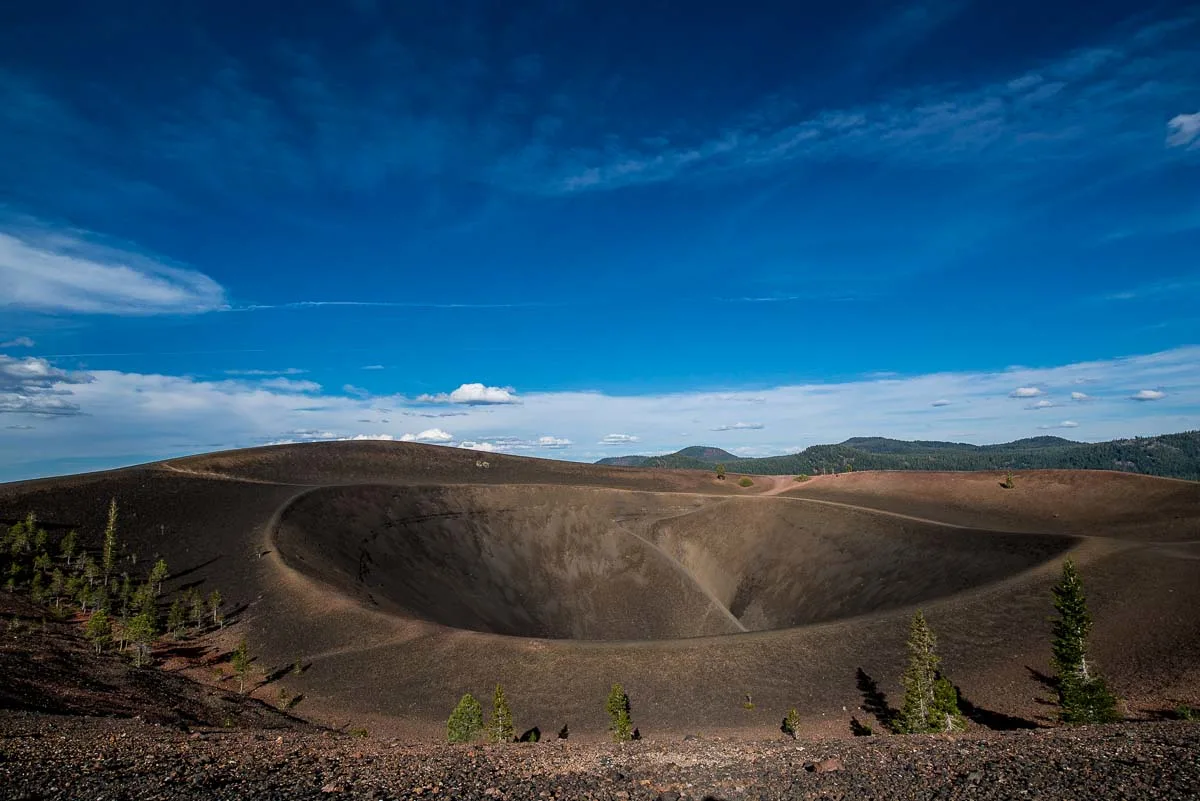
Lassen Volcanic National Park
#1 reason to go: The best reason to visit Lassen Volcanic is contained in its name: to see geothermal activity at Bumpass Hell, and to climb a dormant volcano at the Cinder Cone.
Best time to go: It’s perhaps best to visit in the shoulder seasons of Spring or Fall, to avoid crowds, and the summer heat.
Should families with kids go? Maybe. Lassen is a great educational opportunity for families, but I’d be very careful with small children in the active geothermal areas. The Bumpass Hell area and other geothermal sites are very dangerous, and the Cinder Cone climb is probably too difficult for younger children.
Park Description: The highlights of the park can be covered in two days: the Cinder Cone and Bumpass Hell are the primary attractions. There are also other hiking trails that are great for day hikes.
The primary hiking season is June-October, but be sure to check the Lassen Volcanic National Park website for up-to-date information. Several of the trails have been closed in the past due to fire damage or threat of fires. The Sulphur Works and Devil’s Kitchen hikes will lead you to more of the Lassen Park’s signature geothermal sites.
In winter, many of the trails are available if you’re willing to strap on skis or snowshoes. We stayed in the Lassen Mineral Lodge, just south of the southwest entrance to the Park. A charming throwback to an earlier era motel.
#1 Tip for visiting: The best tip for visiting the park is get to the the Cinder Cone entrance on the northeast corner of the park by early morning. It takes an hour or so to get to the base of the cone from the parking area, and then another couple of hours to climb and admire the views. Be prepared with hiking poles and plenty of water.
The Bumpass Hell area is at the opposite end of the park, in the southwest corner. There is no drive through the park to get to Cinder Cone. If you’re at the southwest corner, you have to drive all the way around.
Other things to do in the area:
- The Whiskeytown National Recreation area is an hour from the northwest entrance to the park and features hiking and various water sports.
- About 2 1/2 hours north of the Park is the Tule Lake National Monument, which includes the Tule Lake Segregation Center, the largest of the sites where Japanese Americans were interned during World War II.
- Three and a half hours north of Lassen is Crater Lake National Park.
Recommended by: Tom of Travel Past 50
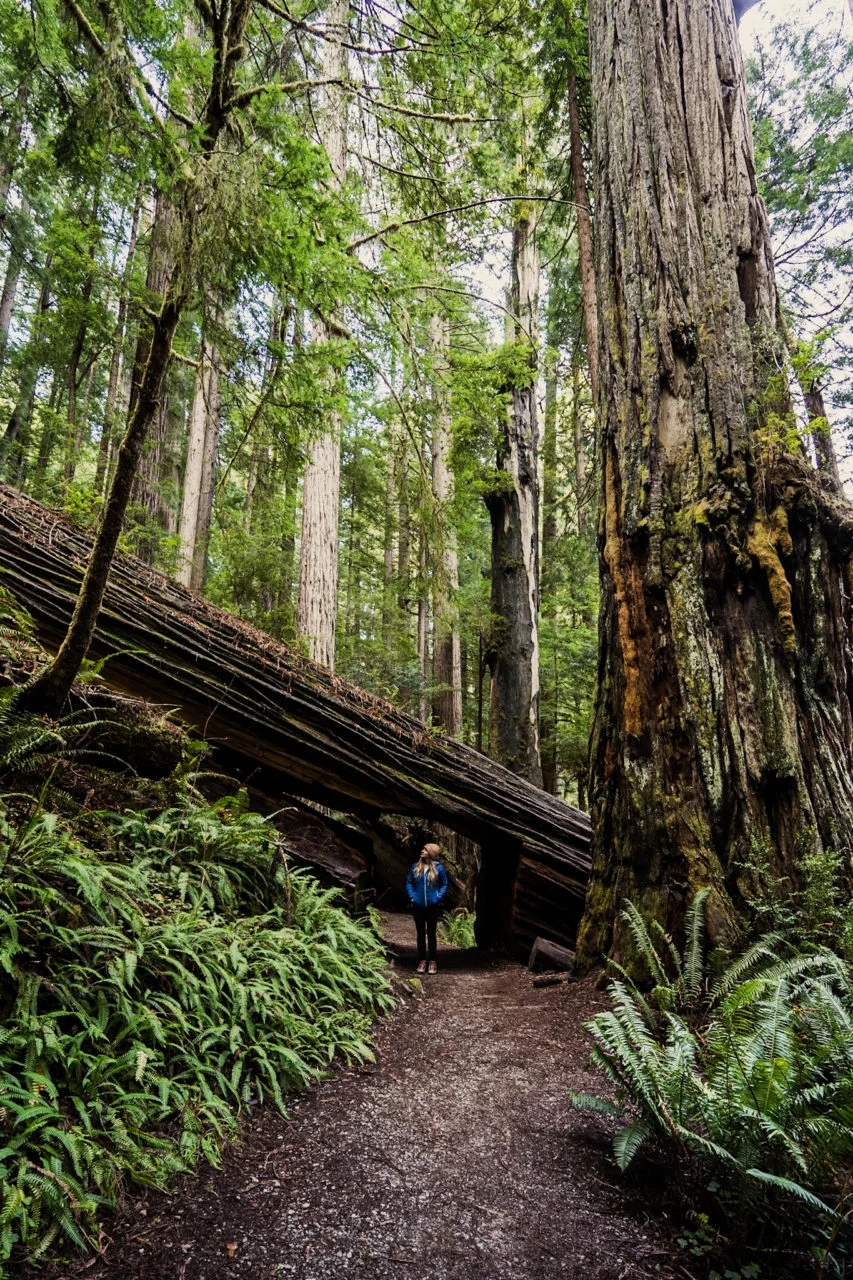
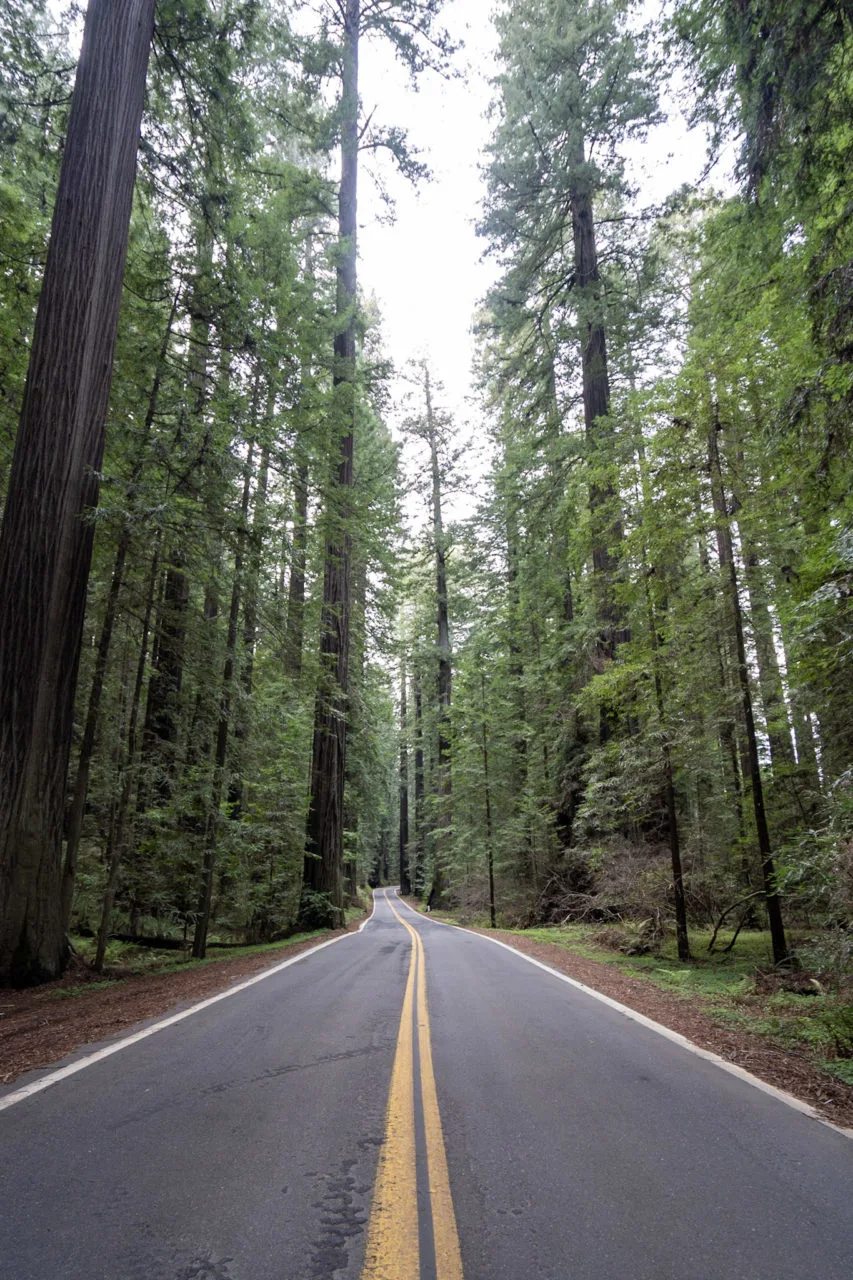
Redwood National Park
#1 reason to go: Redwood National Park is unmissable, given that it’s home to over half of the existing redwood trees, the tallest living thing on the planet!
Best time to go: Given its coastal location, there’s no bad time to visit the Redwoods, but if you want the park to yourself, coming in the winter and spring is your best bet!
Should families with kids go? Yes! The park is wonderful for families, given that most of the hiking trails are flat and short (often under 1 mile in length), allowing even the littlest hiker to enjoy them!
Park Description: Redwood National Park in northern California is home to the mighty redwood tree, which, with their towering height and prehistoric bark, look like something straight out of Jurassic Park.
Redwood is actually co-managed with three other California state parks, Del Norte Coast, Jedidiah Smith, and Prairie Creek State Parks. Each of these parks provides a unique environment to enjoy the impossibly tall redwoods (some which are over 350 feet tall!), from incredibly lush green forests to foggy lowlands, which make these ancient giants look even more dramatic.
There’s a variety of hiking trails in the park for you to wander under, peering up at the canopy of leaves hundreds of feet overhead. If you’re looking for one of the most uniquely beautiful trails in the park, head to Fern Canyon, a 1.1 mile loop trail with views of beautiful redwoods and a canyon, whose 50-foot walls are dripping in primeval ferns.
While you’re exploring the park, there’s a handful of tiny, but cute towns offering accommodations, like Trinidad and Arcata. Alternatively, there’s four developed campgrounds in the national park, as well as dozens of other camping options in the area, ranging from campgrounds with dry sites to upscale RV resorts.
#1 Tip for visiting: Before you head to the park, plot out where you’re interested in stopping and, given how spotty the cell signal is here, download offline maps on your Google Maps app. Redwood National Park actually encompasses four different parks (including three state parks), which are all fairly spread out- so it’s easy to get lost without working GPS!
Other things to do in the area:
- Make the drive a bit north to Brookings, Oregon, to see some of the most stunning and wild vistas of the Pacific coastline or take a drive on the Pacific Coast Highway.
- Enjoy the kitschy Americana of the Trees of Mystery roadside attraction.
- Drive the scenic Avenue of the Giants and explore the rest of the spectacularly gorgeous Humboldt Redwoods State Park.
- Enjoy sunset at Sue-meg State Park, providing epic views of rock outcroppings and an excellent spot to see whales and other marine life
Recommended by: Jessica of Uprooted Traveler
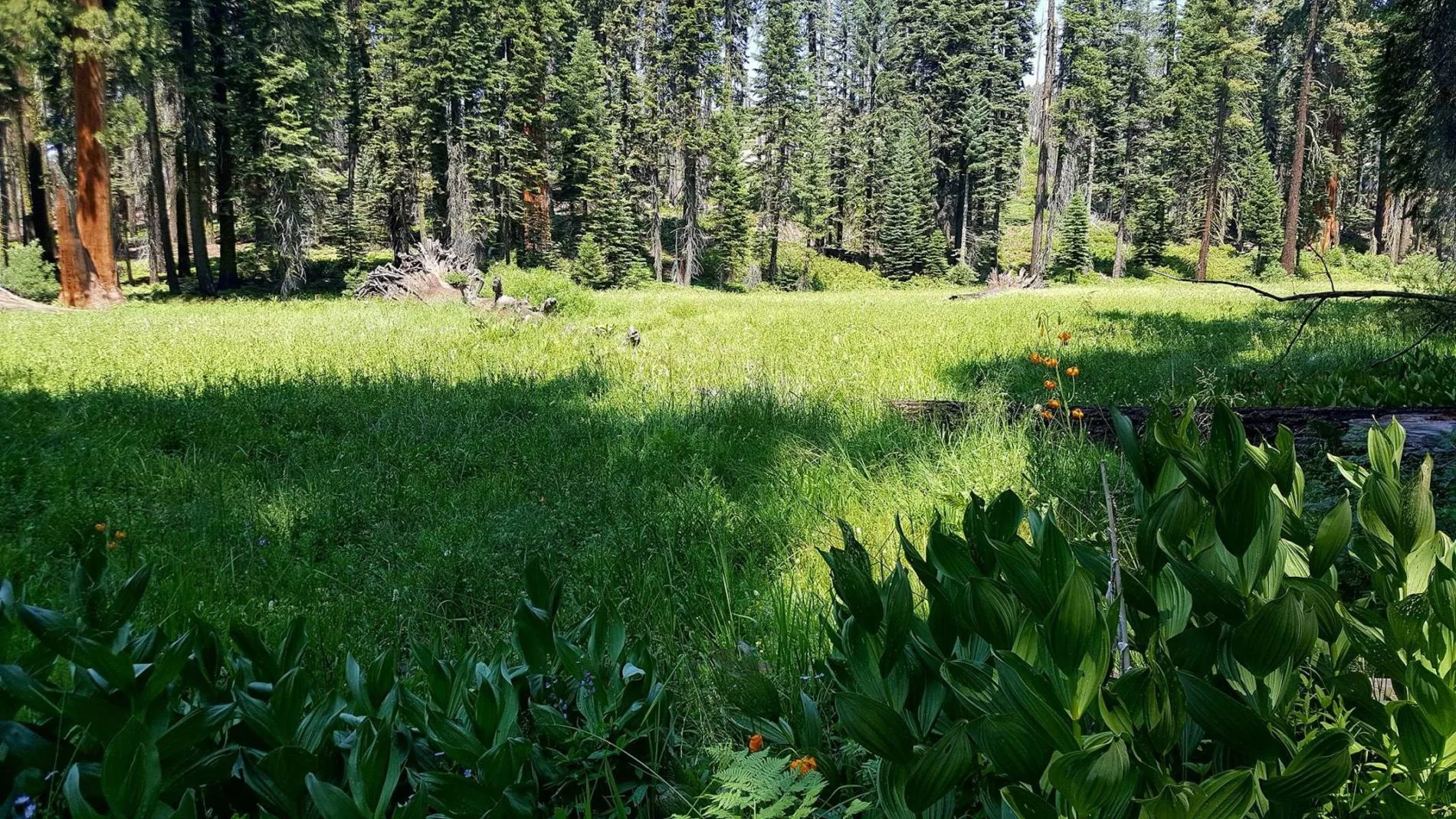
Sequoia National Park
#1 reason to go: To see some of the largest trees on earth!
Best time to go: Late May to early June tends to be the best time to visit the park, as most areas are free of snow and temperatures are sunny during the days and cool at night.
Should families with kids go? Yes! Sequoia is an excellent national park for families. There are plenty of short walks in the park, including paved trails to the General Sherman Tree (the largest in the world) and the General Grant Tree (the second largest in the world).
Park Description: Having visited Sequoia National Park a multitude of times as both an adult and a child, it is one of the places I hold nearest and dearest to my heart. The park is HUGE and I love that you can have a completely different experience each time you visit. There is something so profound about feeling small whilst standing amongst the largest trees in the world.
There are plenty of lodging options in and around the park. On my last visit to Sequoia, I camped at Sunset Campground in Grant Grove, which is actually located in adjoining Kings Canyon National Park. On past trips, I’ve typically camped at Lodgepole, which is centrally located along the Kaweah River near the Giant Forest and General Sherman Tree.
I love the convenience and centrality of Lodgepole, but as the name suggests, Sunset Campground offers beautiful sunset vantage points. A stay at Wuksachi Lodge is definitely on my future wishlist. Each and every time I visit Sequoia I try to hike the Congress Trail since it goes past the General Sherman Tree (which is never not impressive) and many other giants of the area.
However, my favorite loop trail is Crescent Meadow. Following the edge of a beautiful grassy field, the trail passes Tharp’s Log – a hollowed out Sequoia tree that was once used as shelter by early pioneers. If hiked during the cool hours of the morning, there’s a good chance of spotting wildlife such as deer and even the occasional brown bear.
#1 Tip for visiting: Consider basing yourself in one of the lesser known sections of the park. In areas such as Cedar Grove and Mineral King, you’ll find pristine wilderness with a fraction of the crowds.
Other things to do in the area:
- Get off the well trodden path and backpack the High Sierra Trail
- Visit nearby Yosemite National Park
- Explore the Madera Wine Trail
- Visit Fresno’s Forestiere Underground Garden
Recommended by: Jenna of Up and Away Magazine
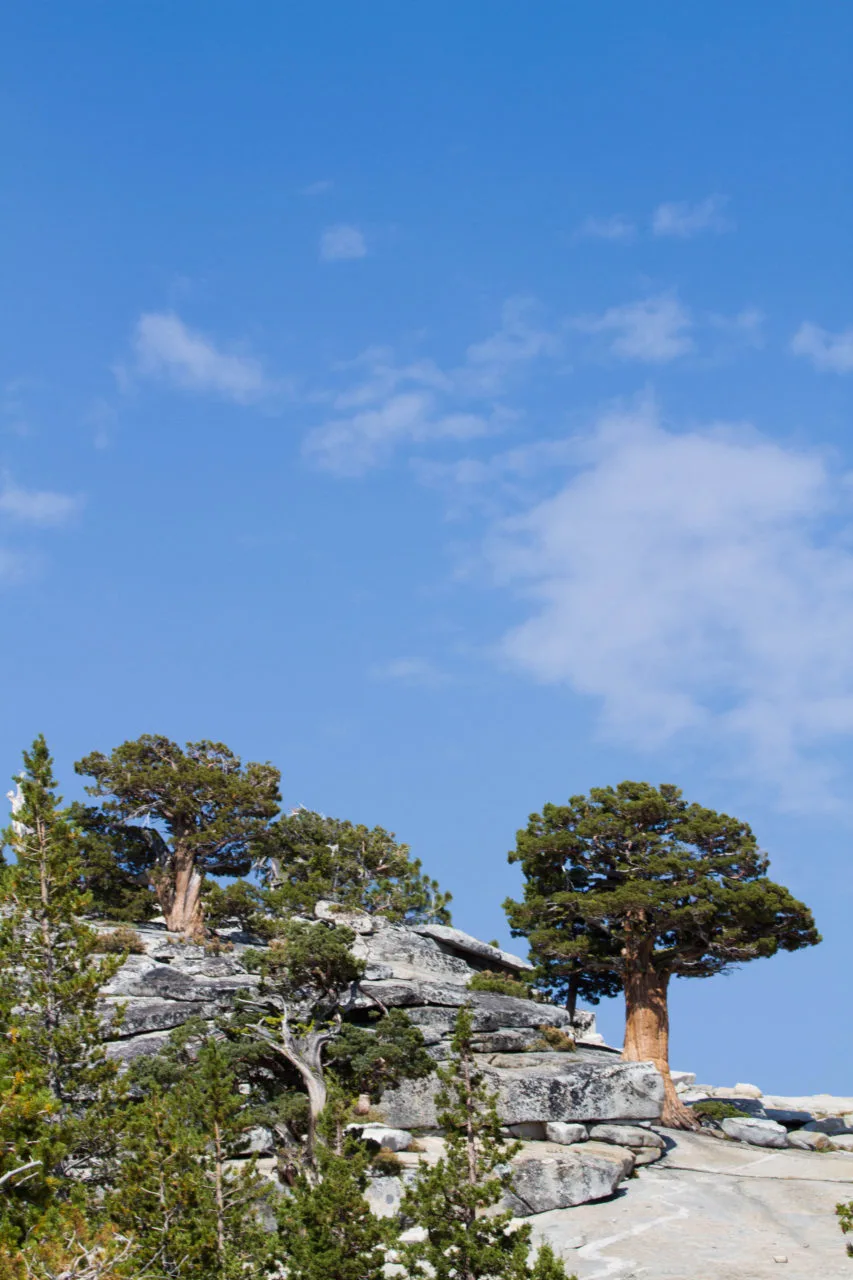
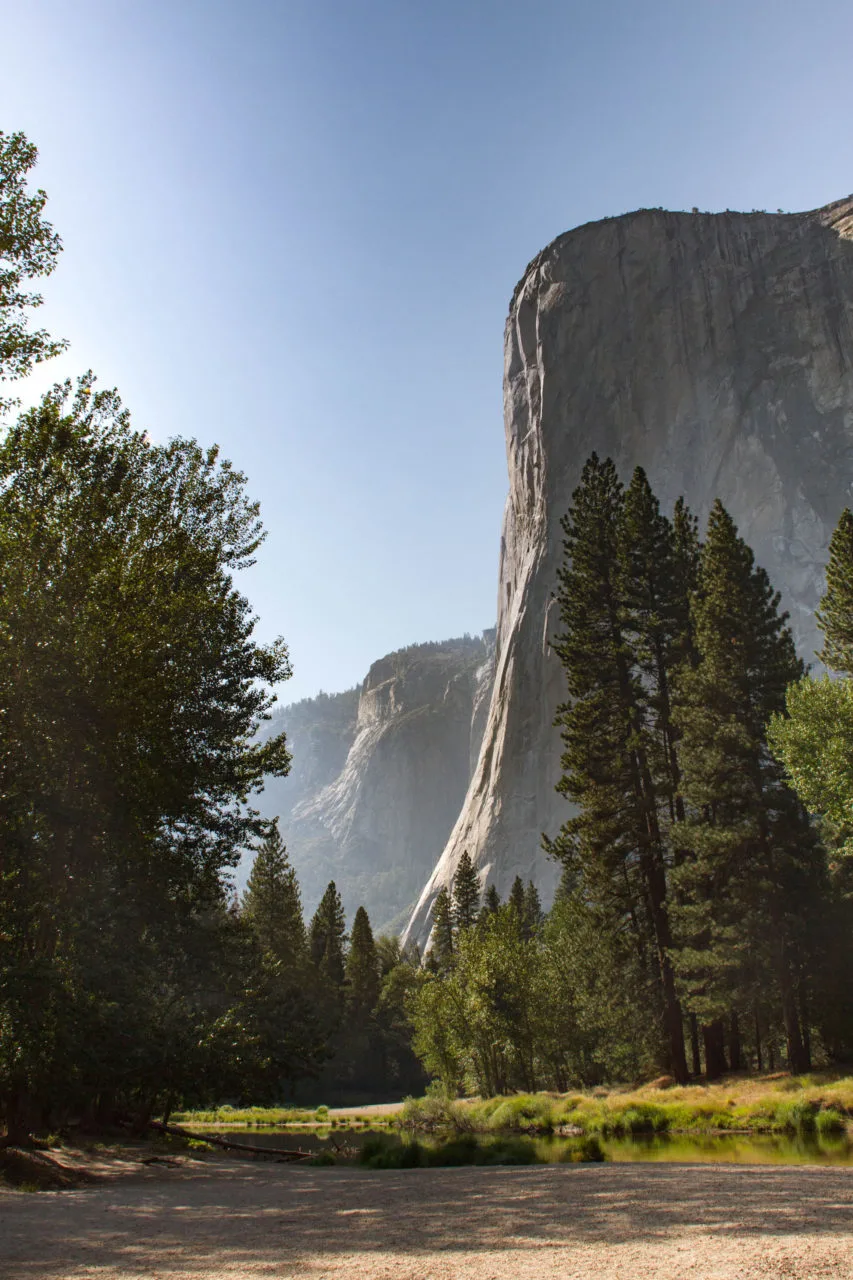
Yosemite National Park
#1 reason to go: Many people go to climb El Capitan, but even if you don’t climb there’s plenty to do: beautiful drives and wildlife spotting.
Best time to go: Anytime is great, however, it’s best to avoid mid-summer if you can. That’s when the park is overrun with visitors.
Should families with kids go? Yes! From biking to short hikes and amazing star-gazing, there’s plenty for the kids to do.
Park Description: Yosemite National Park is one of the biggies. It’s a park that everyone wants to go to, thanks to the mountaineer John Muir, and after visiting you can see why.
There are a number of scenic drives to do throughout the park to include: Tioga Road, Glacier Point Road, and Mariposa Grove. You can also rent bikes and take a ride on the valley floor, or as far as you can go.
There are plenty of wildlife in the park, and of course our favorites with the black bears. However, we loved the deer, squirrels, and birds as well.
#1 Tip for visiting: Get up early and take one of the small hikes at sunrise. It’s so quiet and beautiful then, and no one else is around.
Other things to do in the area:
- Mono Lake
- Ghost Town of Bodie
- San Francisco is about 3.5 hours away
Recommended by: Jim and Corinne
Colorado
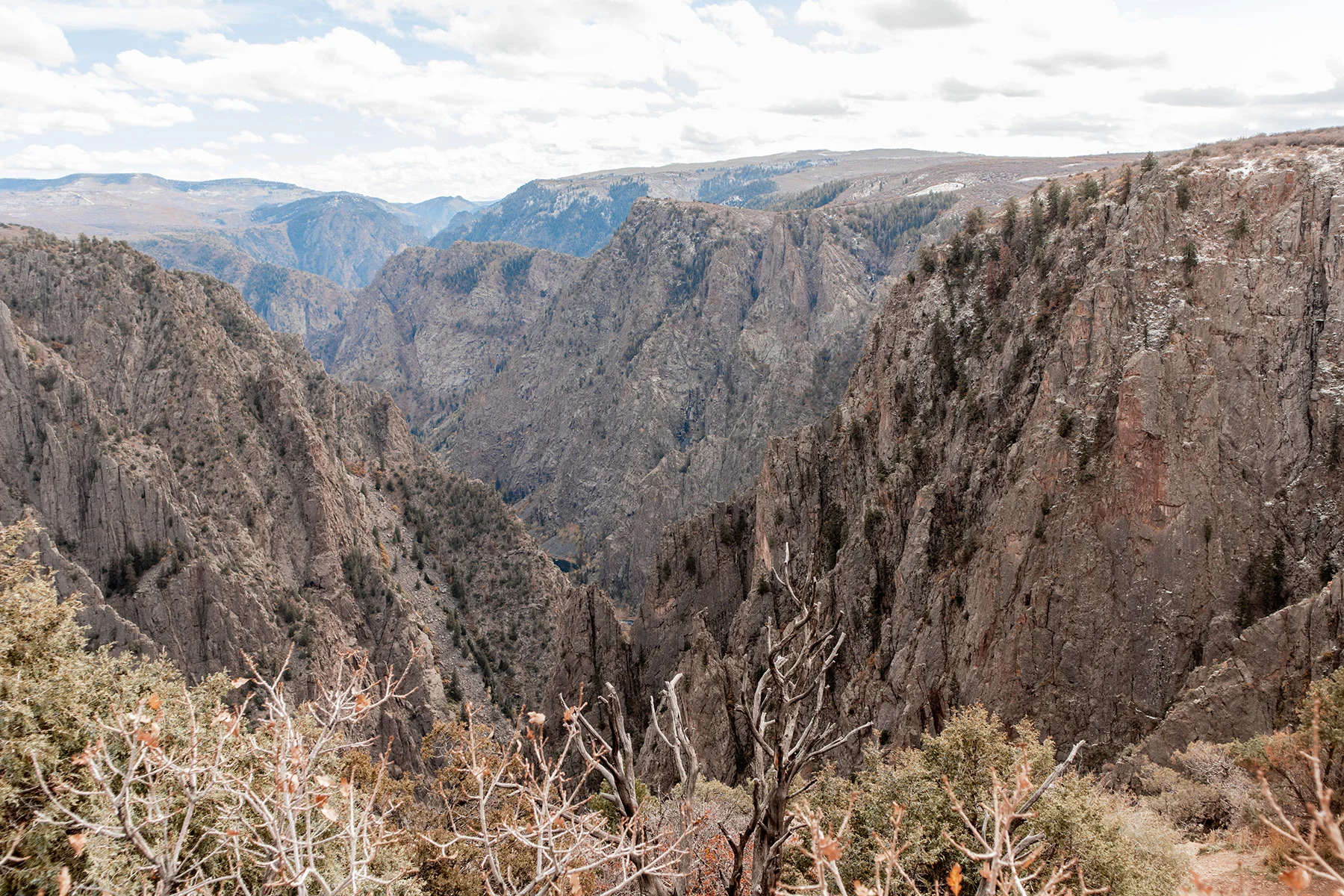
Black Canyon of the Gunnison National Park
#1 reason to go: Not only is Black Canyon of the Gunnison extremely underrated, but it’s one of the most unique canyons you can visit in the USA.
Best time to go: Go in late fall, because this is the time of year that very few tourists visit the park – it’ll mostly just be locals!
Should families with kids go? Yes! This park is perfect for families, as the majority of viewpoints are easily accessible without a hike. If you’re a family who would prefer a bit more of a hike, Black Canyon has some that are really family friendly and somewhat short.
Park Description: Black Canyon of the Gunnison National Park is almost like a smaller version of Grand Canyon; it’s a super dark, shaded canyon with black-brown rock that’s unlike anything else you can see in the USA. It consists of a north and south rim, but most people visit the south rim.
Consider going to the north if you’re okay with more rugged trails and fewer people! I was lucky enough to visit every single overlook on the south rim during my trip in late October. I had spent the night in Telluride the night before, as I was doing a national parks road trip. My favorite part of the park was definitely the Painted Wall; it’s absolutely incredible and will take your breath away.
It also happened to be cloudy during my trip, which made the views even more beautiful. I will say that grabbing a map right at the entrance helped our trip, because we knew where each of the pull-offs were going to be. This helped us plan the route with ease. We also had a stop at the visitor center where we were able to chat with park rangers about any updates or changes.
#1 Tip for visiting: Get to the park as early in the day as possible; Colorado heat can get bad, especially if you visit in the summer.
Other things to do in the area:
- Stop by the Museum of the Mountain
- Visit Crystal Reservoir
- Bike at Peach Valley
Recommended by: Krystianna of Volumes & Voyages
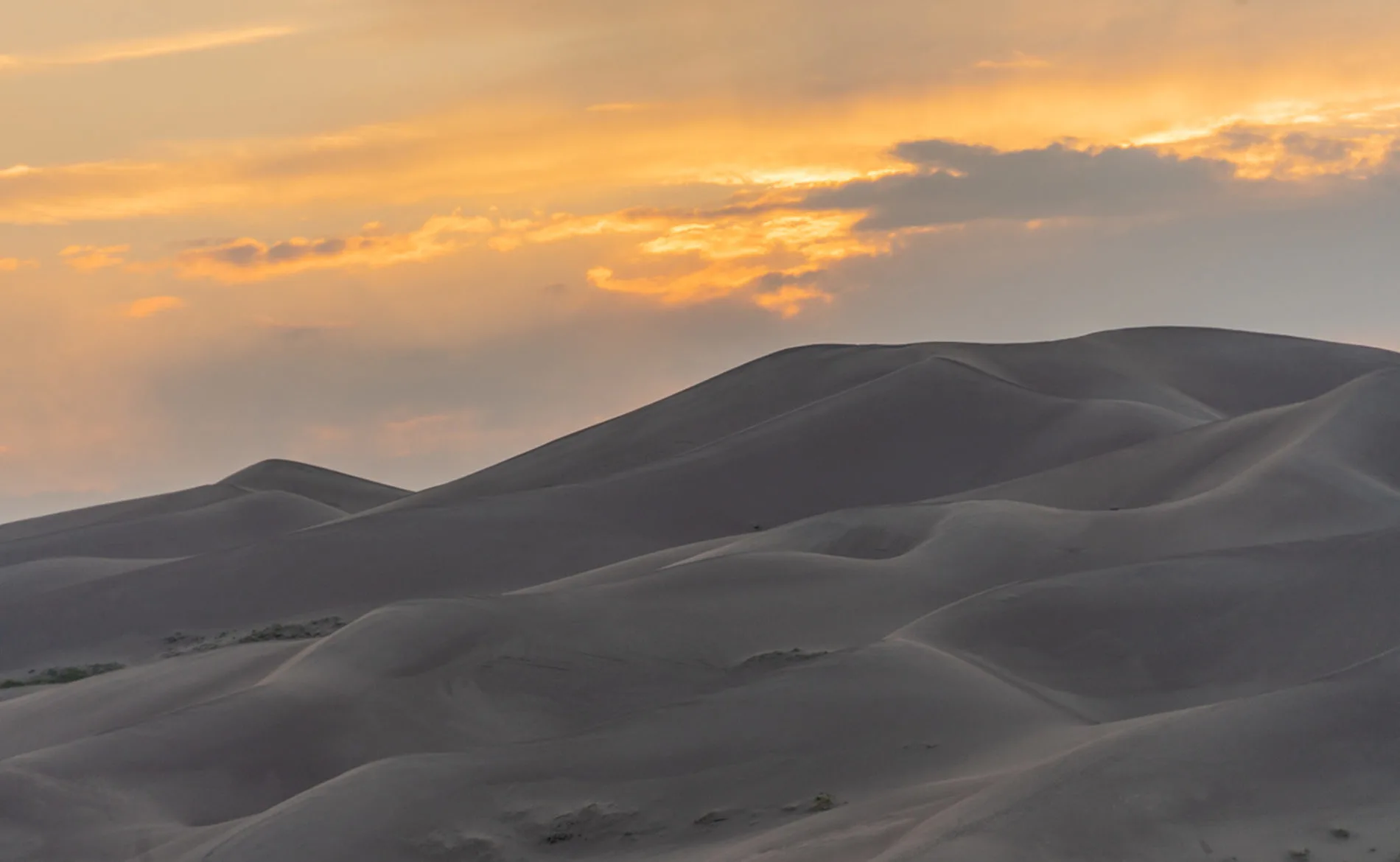
Great Sand Dunes National Park
#1 reason to go: The main reason to visit the park is to see and go sand boarding down the dunes, which are the tallest in all of North America and one of the most unique landscapes in Colorado.
Best time to go: In August, you can see the wildflowers blooming in front of the sand dunes which add an entirely new element of beauty.
Should families with kids go? Yes! The park is a perfect place for families who love outdoor adventure. There are plenty of ways to enjoy the park with kids, between sand boarding the dunes, hiking through the gorgeous forests, or going for a swim in Medano Creek.
Park Description: Great Sand Dunes National Park is one of the most unique and beautiful places to visit in Colorado. The drive to the park is relatively flat and boring, so it’s hard to believe when you see the giant dunes appear with the the Sangre de Cristo Mountains as the backdrop.
During my visit I spent most of my day at the dunes, hiking up and sand boarding down, enjoying the beautiful sunset over the dunes, looking for wildlife, and stargazing at night. My favorite part was seeing deer walking across the dunes at sunset.
I stayed at Great Sand Dunes Oasis which is one of the best places to stay overnight if you want to be close to the dunes. They offer camping spots, cabins, and small apartments. Most other accommodation options are in Alamosa, which is half an hour away.
By staying near the park, you can quickly go in and out and experience it at different times of day. They also rent boards there, which is one of the most fun things to do in the park with kids. Camping in the park is also a popular choice, but reservations fill up quickly so you need to reserve well in advance if you plan to do this.
#1 Tip for visiting: Be prepared with the right gear. During the day in the summer the dunes can become extremely hot, so you need to have proper sun protection. At night, the temperature can drop in half so you need to bring warm clothing if you plan to stay for stargazing.
Other things to do in the area:
- Hike to Zapata Falls
- Look for animals in the San Luis Lakes State Wildlife Area
- Visit the Fort Garland Museum and Cultural Center
Recommended by: Lora from Explore with Lora
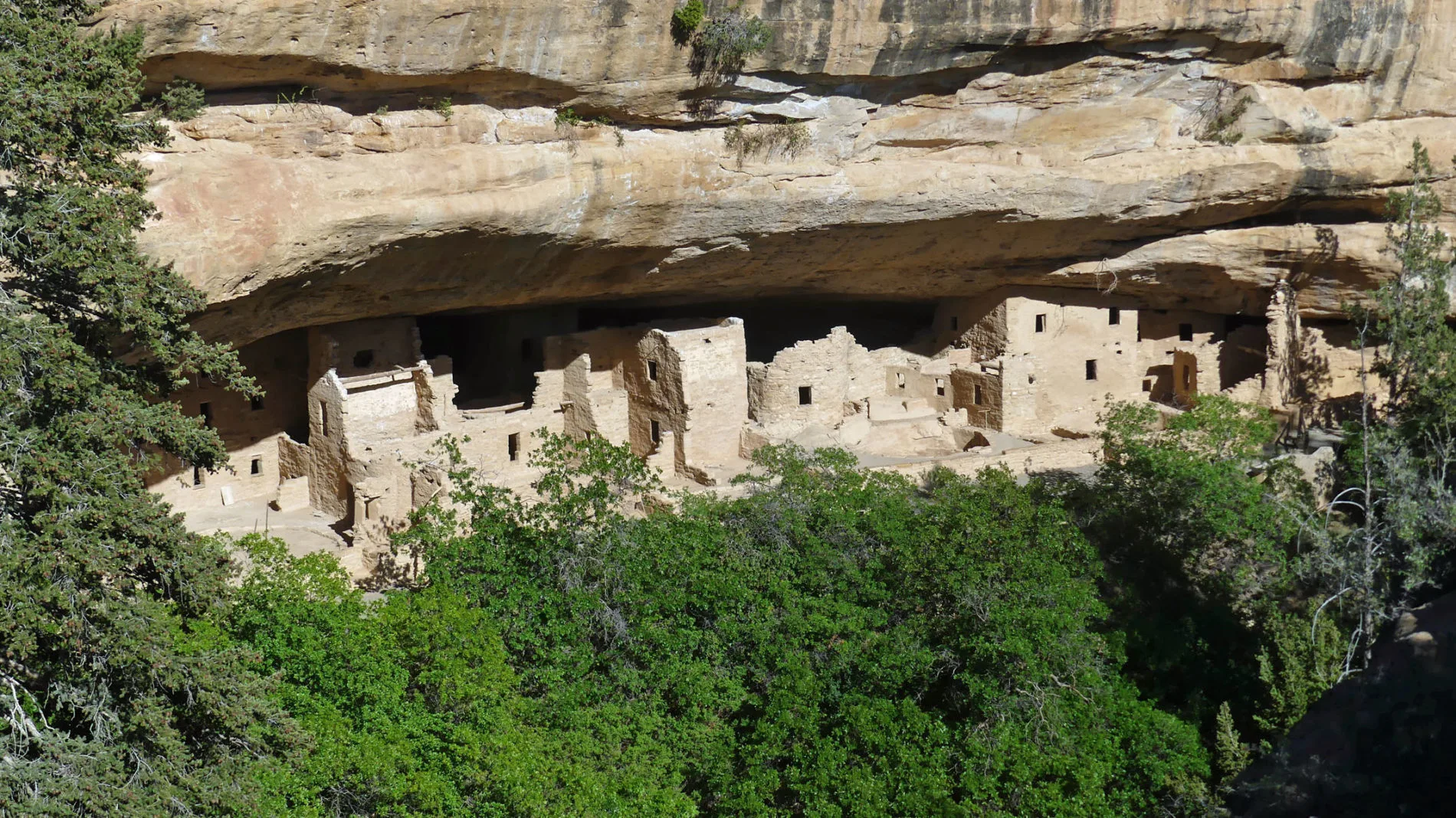
Mesa Verde National Park
#1 reason to go: Go see the the ancient Ancestral Pueblo-an Cliff Dwellings, deep canyons, and expansive views.
Best time to go: Spring and fall
Should families with kids go? Yes! It is great for families interested in ancient history and the great outdoors.
Park Description: In Mesa Verde National Park, located within the ‘Grand Circle’ – the Four Corners region of the US in Colorado, we saw the best-preserved Anasazi, or Ancient Puebloan People’s Cliff Dwellings. We enjoyed a rim bus tour, a guided ranger tour, and a few self-guided hikes through the wild landscapes and deep canyons.
Mesa Verde is a spectacular place to see and learn about the rich cultural heritage of 26 native tribes. You can choose from guided tours of Cliff Palace and Balcony House (closed when we visited), Square Tower House, Spring House, and Long House. We enjoyed the Step House with ruins dating back to 626 AD and a masonry pueblo dwelling from 1226 AD, which can be seen as a self-guided tour.
Hiking the Point Lookout Trail to see the sprawling views of the La Plata and San Juan Mountains, plus the Mancos and Montezuma Valleys is memorable. There are various hiking trails, ranging from easy to strenuous, either on the mesa tops or within the canyons. We also hiked and enjoyed Chapin Mesa’s Petroglyph Point trail, a strenuous hike to see the petroglyphs, various ruins, and canyon views from the cliffs.
Staying in the campground in our motorhome was the best way to enjoy the peaceful natural setting. I recommend staying inside the park at an RV or campsite or at Far Lodge. Surrounding towns of Mancos and Cortez also offer a variety of accommodations if unable to stay in the park.
#1 Tip for visiting: Sign up early for ranger tours of the Cliff Dwellings since the sell out early.
Other things to do in the area:
- Far Lodge has a very good restaurant (be sure to make advance reservations)
- The town of Cortez is 20 minutes from the park entrance where there are several archeological museums, a native monument, tribal park, cultural center and nature preserves.
Recommended by: Wendy of Adventurous Retirement
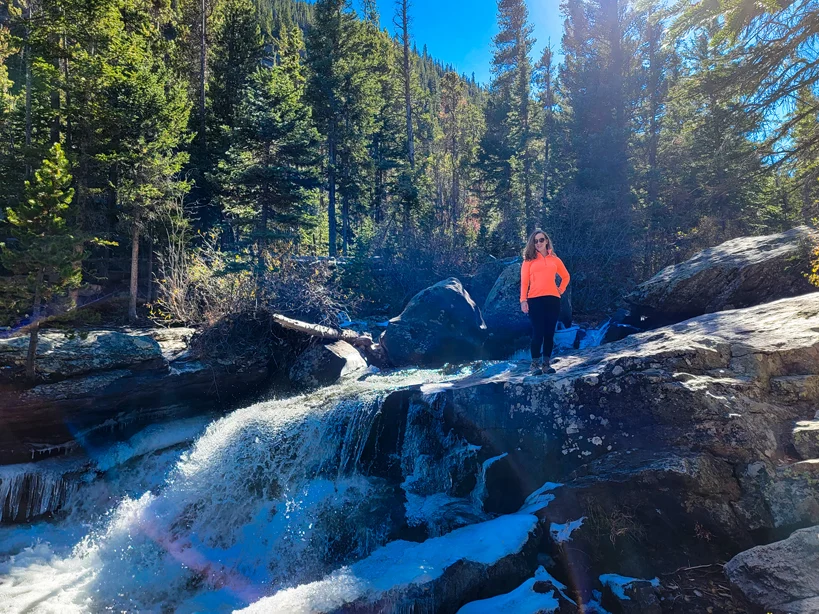
Rocky Mountain National Park
#1 reason to go: With towering mountains and alpine lakes to waterfalls and wildlife Rocky Mountain National Park highlights the grandeur of the Rockies.
Best time to go: Summer is the most popular season but requires a reservation, I find fall to be the best time to visit for fewer crowds but you may also have some early season snow.
Should families with kids go? Yes! Rocky Mountain National Park is great for families! With scenic drives and easy meadow hikes great for younger kids to ambitious hikes for more adventurous teens Rocky Mountain National Park has something for everyone.
Park Description: Estes Park is the gateway to Rocky Mountain National Park and where you’ll find most of the lodging options. I stayed at Murphy’s River Lodge, an updated family friendly boutique motel.
From glacier carved meadows to alpine lake hikes and heavenly mountain drives, Rocky Mountain National Park highlights the best of what the Rockies have to offer. If you have a few days to spend in the park I recommend starting your visit in the Wild Basin area of the park, a less trafficked but equally beautiful part of the park for meadow and waterfall hikes.
These hikes are also at a lower altitude which will allow you to gradually adjust to the altitude. On your second day head out for the Emerald Lake hike. With 3 different alpine lakes and climbing to an elevation of 10,000 feet, this hike offers stunning mountain, pine and lake views making it one of the more popular hikes in the park.
Regardless of when you visit, be sure to check the official park website for trail conditions and possible road closures due to weather.
#1 Tip for visiting: If you are visiting during the summer be sure to get a reservation (check the official website for this). For the more popular hikes like the Emerald Lake Loop, be sure to get an early start no matter when you go as the parking lots fill up quite early.
Other things to do in the area:
- In Estes Park be sure to take a tour of the iconic Stanley Hotel which inspired Stephen King’s classic horror novel “The Shining”.
- Be on the lookout for elk herds which can be found throughout the meadows surrounding Estes Park.
Recommended by: Brianna of The Casual Travelist
New Mexico
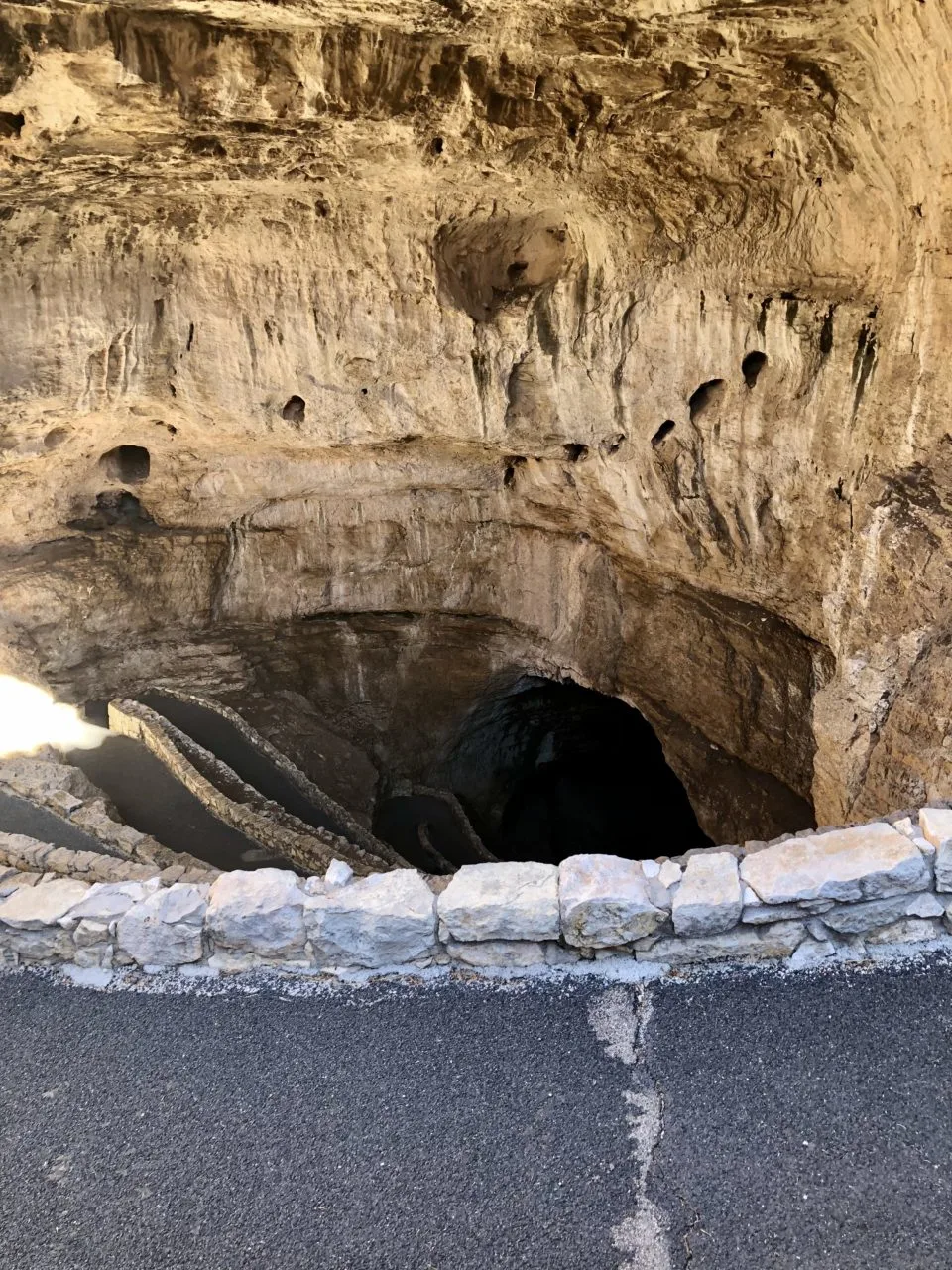
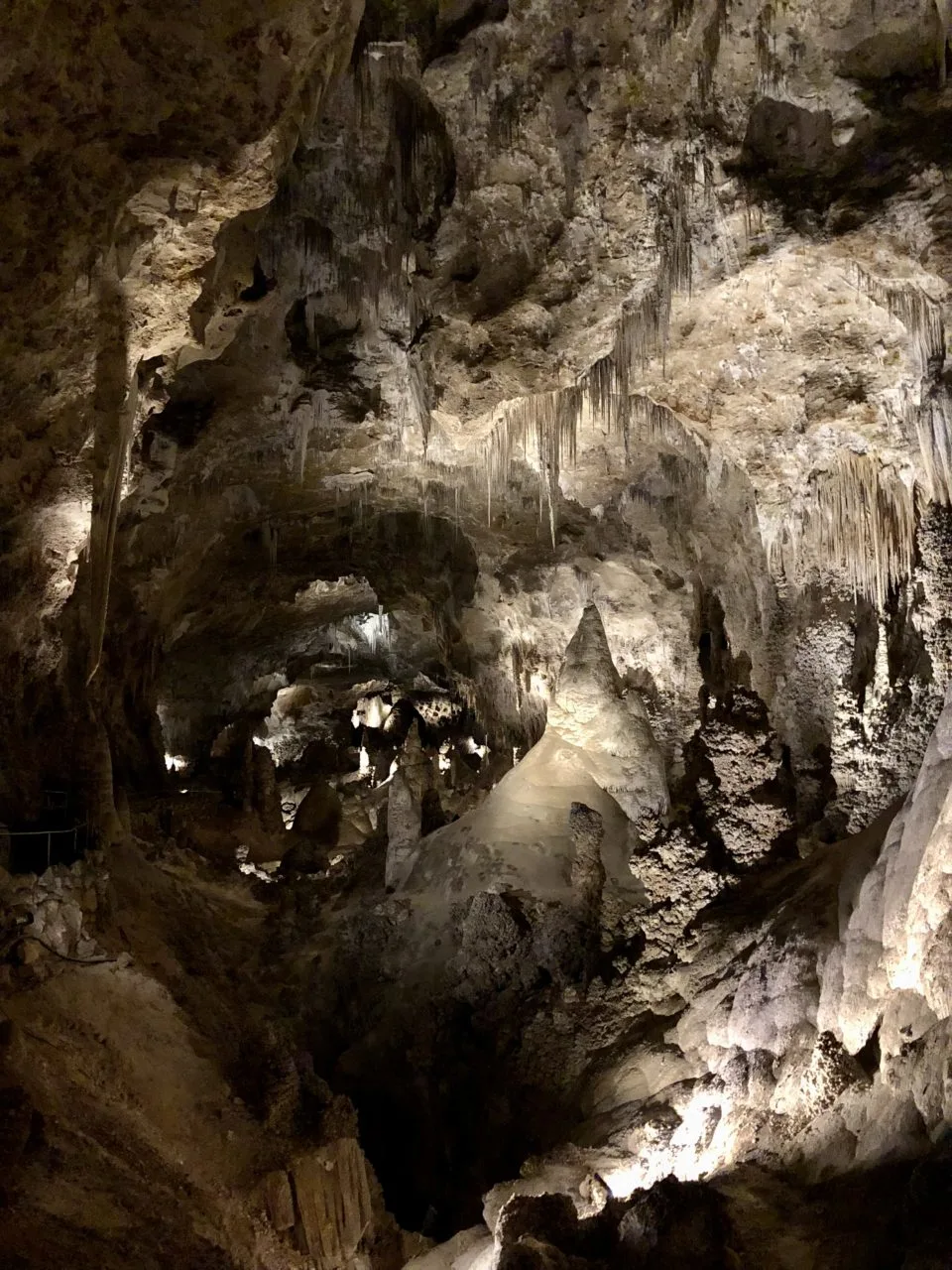
Carlsbad Caverns National Park
#1 reason to go: This national park is also a designated world heritage site with over 119 known caves making up the cave system. In addition, Carlsbad Caverns is home to some of the largest caves in the world.
Best time to go: Carlsbad Caverns can be visited year-round easily. Since the cave tour is underground, the weather doesn’t affect the tours. If you’d like to avoid the summer break vacation crowds, visit during the early spring and fall after families have gone back to school. If you’d like to hike some of the surface trails in the park, the fall is an excellent time since the weather will be cooler. The area gets very hot in the summer.
Should families with kids go? Yes! It is great for families. Children will be mesmerized with a tour through the cave.
Park Description: The self-guided cave tour along the Natural Entrance Trail is unique! Visitors walk a paved trail from the outside surface at ground level and descend into the cave naturally along a winding path. It is thrilling!
Inside are incredible cave formations lighted for visitors to see. The visitor center gift shop is full of interesting geological information and trinkets.
Stay in the town of Carlsbad at the Trinity Hotel. It is a quaint boutique hotel with delicious food.
#1 Tip for visiting: Be sure to make reservations ahead of time. They are required to enter the cavern!
Other things to do in the area:
- Carlsbad Caverns National Park is home to over 50 miles of backcountry surface trails to hike and explore.
- Guadalupe Mountains National Park is 30 minutes away.
- Roswell, New Mexico, home of the Roswell UFO Museum is 45 minutes away
Recommended by: Ashlee of The Happiness Function
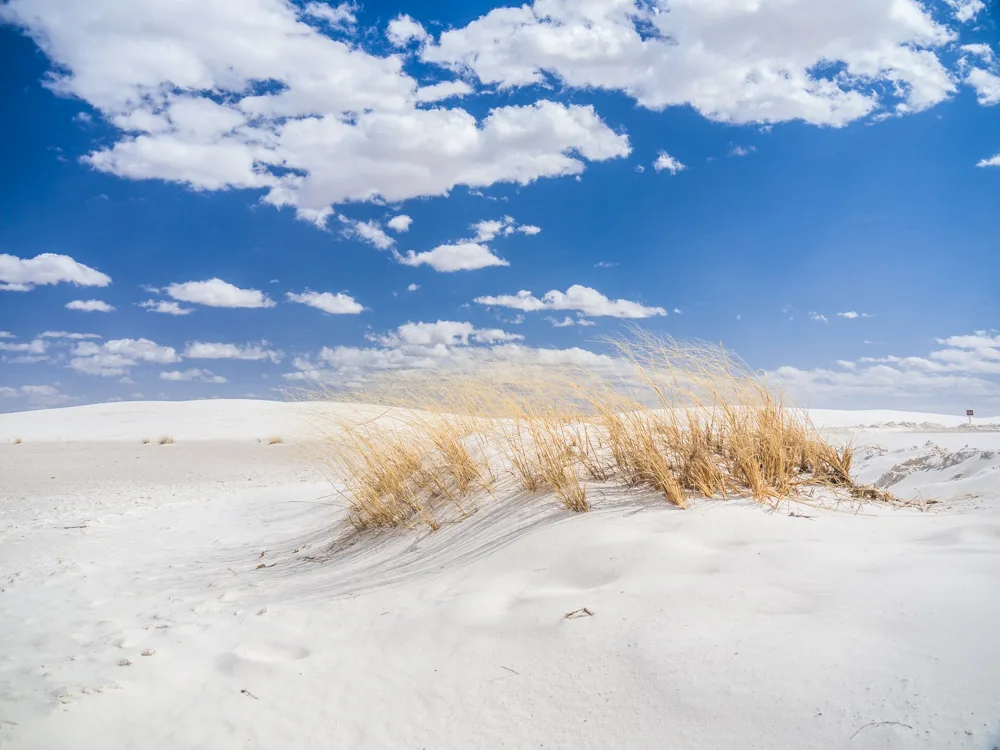
White Sands National Park
#1 reason to go: White Sands National Park is the world’s largest gypsum dune field, so you won’t find anything else like it!
Best time to go: It’s best to avoid the punishing heat and dryness of summer but other times of year are fine.
Should families with kids go? Yes! White Sands is an ideal national park for families as they can learn about the unique adaptations of local wildlife and then spend hours playing and sledding in the massive dune field.
Park Description: White Sands National Park has an other-worldly feel as soon as you drive in, with the ever-shifting gypsum dunes surrounding the main roadway through the park. The highlight for our family was spending hours trudging up a huge dune and sledding down, even with little kids.
We also loved taking high-speed jump photos to see who in the family had the best style! White Sands provides the ideal photo backdrop for playful families like ours.
We stayed in a hotel in nearby Las Cruces, which is the most convenient option for visitors making a one-day stop on a longer road trip and has lots of dining options. If you’d rather stay closer to the park, the small town of Alamogordo has a few great places to stay as well.
#1 Tip for visiting: If possible, stop at a discount store on your way to the park to pick up a sled for the dunes and then just purchase a stick of used sled wax at the shop on-site. Be sure to bring sunglasses to protect yourself both from the intense reflections coming off the gypsum and from gypsum that may be carried in the intense winds that frequently come through the park.
Other things to do in the area:
- Shop the Farmers & Crafts Market in Las Cruces
- Hike in Organ Mountains-Desert Peaks National Monument
- Learn at the Museum of Nature & Science
- Albuquerque is about 3.5 hours away
Recommended by: Melissa of The Family Voyage
Nevada
Great Basin National Park
#1 reason to go: Great Basin National Park is known for its beautiful scenery. From the alpine lakes to the underground caves, this national park is stunning.
Best time to go: The best time to visit Great Basin is in the late summer and fall. In summer you can see the wildflowers blooming. In the fall the trees are turning color and are shades of orange and yellow.
Should families with kids go? Yes! There is plenty to do at Great Basin with kids. Everyone should do the Lehman Caves Tour and see the underground caves. There are several easy hikes such as the Alpine Lakes Loop and Bristlecone and Glacier Trail you can do as a family.
Park Description: There is so much to do in Great Basin National Park that you will never be bored. This park offers a variety of family-friendly activities as well as scenic views. The beauty of this park is on the trails and seeing the bristlecones. Great Basin is not really close to anywhere so we drove through on our way to Vegas.
#1 Tip for visiting: Great Basin is at an elevation of over 7,000 feet. Altitude sickness is real. Remember to drink plenty of water.
Other things to do in the area:
- Great Basin is located on the Nevada/Utah border about 4.5 hours from Las Vegas. The closest city is Ely which is an hour away. There is not a lot to do close to the park.
Recommended by: Nicole of SW National Parks
Texas
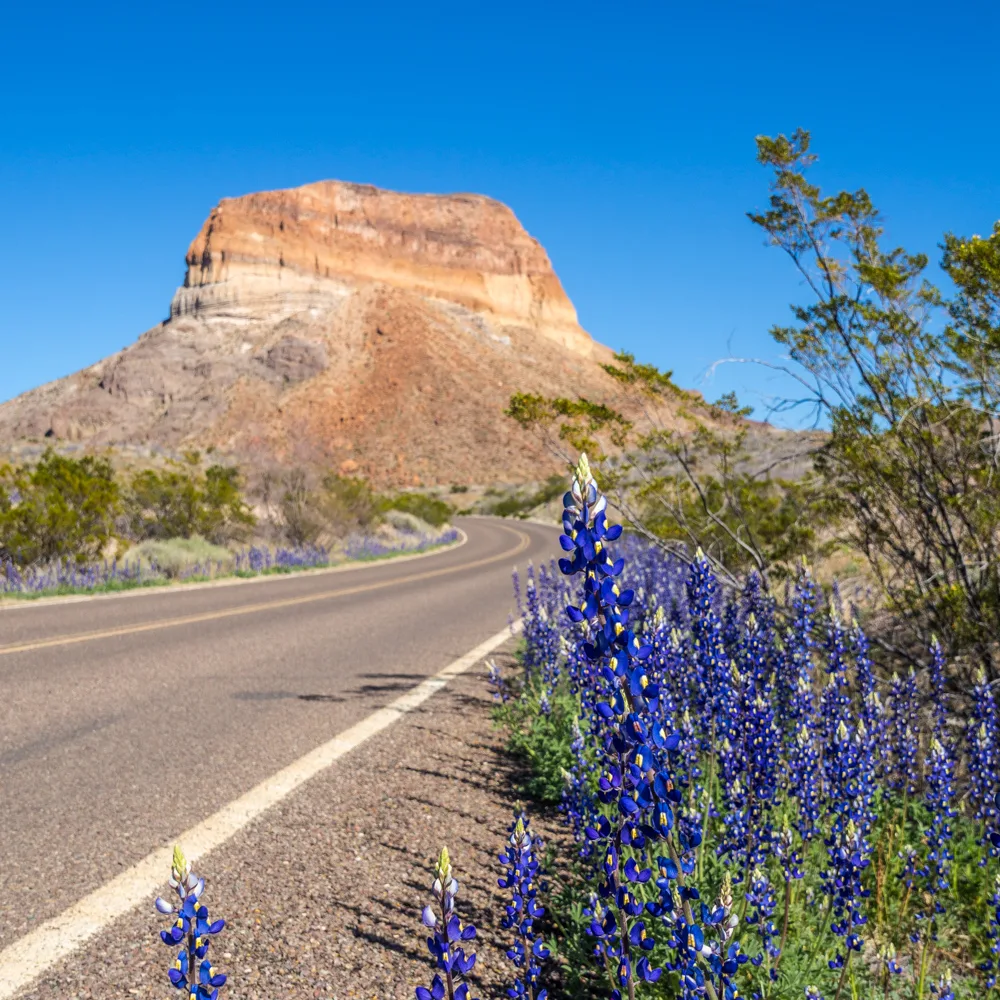
Big Bend National Park
#1 reason to go: Big Bend’s remoteness offers a chance for solitude that’s hard to find at most national parks today, while there’s still enough to do that you’ll be busy for days.
Best time to go: Spring is an amazing time to visit Big Bend thanks to the perfect weather and blooming Big Bend bluebonnets.
Should families with kids go? Yes! Big Bend is amazing for families thanks to the wide variety of hikes ranging from interpretive nature trails and 1 mile hikes to full-day adventures to challenge even the most active teens. Kids of all ages will also love the engaging new Fossil Discovery Exhibit and the in-depth Junior Ranger program.
Park Description: Big Bend is an 800,000 acre park situated along the Rio Grande river and encompassing the entirety of the Chicos Mountains. We tackled several hikes of varying difficulties, though our favorite was the magical Boquillas Canyon.
We thoroughly enjoyed the evening programs we attended, including guided stargazing and learning about the park’s many nocturnal creatures.
We stayed in several different places as we explored Big Bend (due to limited availability) and our favorite was the Rio Grande section of Chicos Mountain Lodge.
#1 Tip for visiting: It’s important to give yourself enough time to experience Big Bend National Park. It’s so remote and so large, housing three distinct ecosystems, that you’ll want to plan to spend at least three nights at the park but ideally four or five.
Other things to do in the area:
- Big Bend Ranch State Park
- McDonald Observatory
- Marfa art galleries
Recommended by: Melissa of The Family Voyage
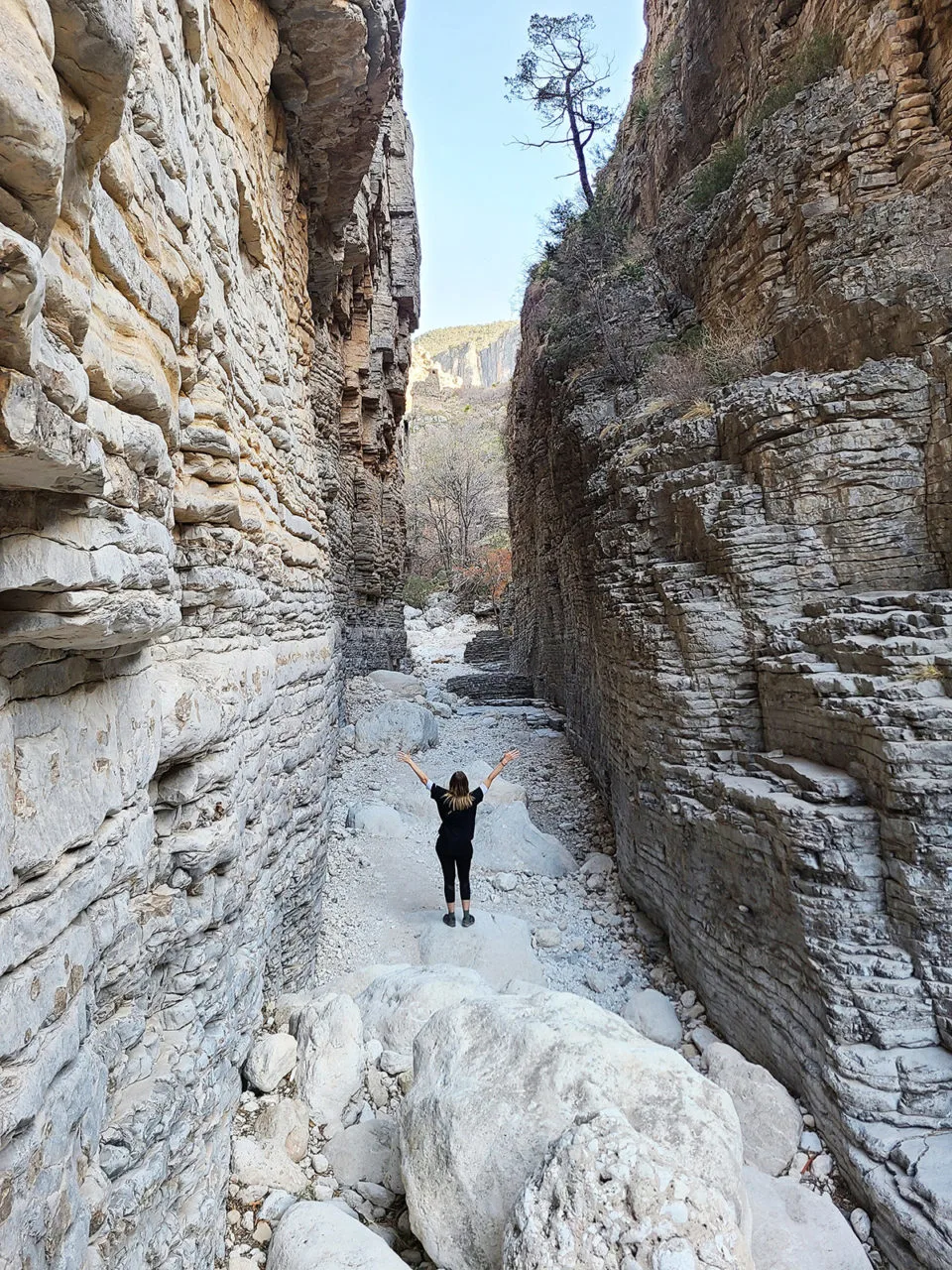
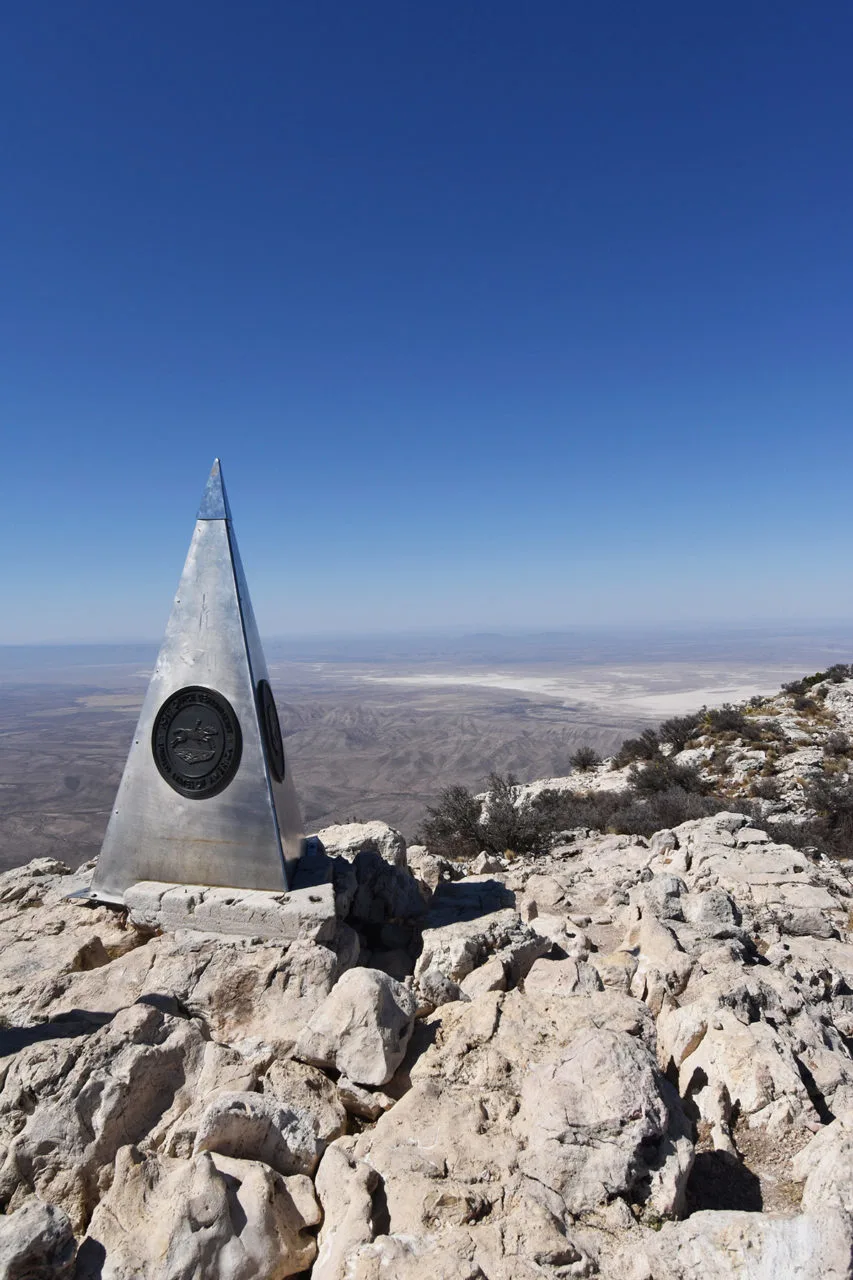
Guadalupe Mountains National Park
#1 reason to go: Guadalupe Mountains National Park is the perfect escape for those who crave solitude and hiking!
Best time to go: The best time is in the fall to see fall foliage and enjoy mild weather.
Should families with kids go? Maybe. This park is good for families if they really like to adventure. The most popular activity is strenuous hiking so it may not be suitable for all children.
Park Description: Guadalupe Mountains National Park is home to the four tallest peaks in Texas and a paradise for those who love to hike. It’s an amazing place for backpacking or day hiking and its remote location is sure to evoke the feeling of adventure. I stayed in an Airbnb in the tiny town of Dell City but I would recommend camping at the first come first serve campsites inside the park if you can.
The most famous hike in the park is Guadalupe Peak, an 8.4 mile strenuous journey that will lead you to incredible views atop the tallest peak in Texas. The hike has many switchbacks and is a continuous uphill climb until reaching the top, so make sure to come prepared with plenty of water.
Another incredible hike that is slightly easier is the Devil’s Hall trail. This hike is 3.6 miles and leads to a giant “hallway” of rocks surrounding you. When you visit, be sure to fill up gas often and bring plenty of food and water. The park’s remote location means that a little bit of extra preparation is required.
#1 Tip for visiting: The national park is right on the edge of two time zones (central and mountain time), so don’t be surprised if the time on your phone changes during a hike.
Other things to do in the area:
- Take a self guided tour of Carlsbad Caverns National Park.
- Hike or rock climb in Hueco Tanks State Park.
- Hike in Franklin Mountains State Park.
- Sled, hike or watch the sunset in White Sands National Park.
Recommended by: Lydia of Lost with Lydia
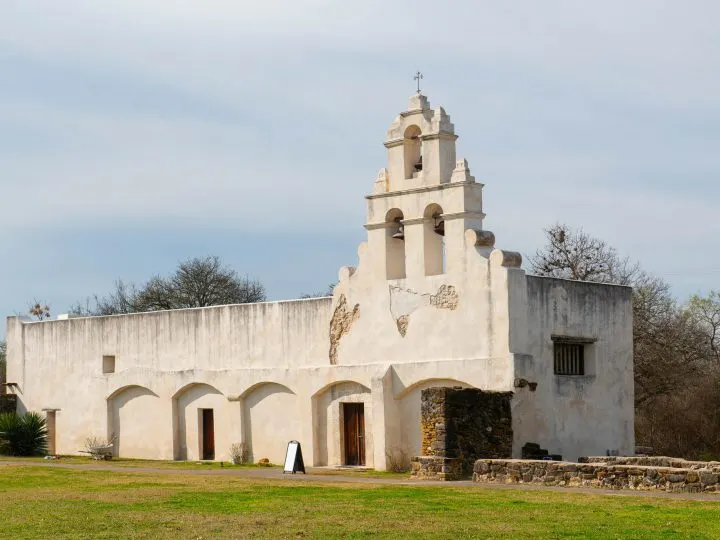
San Antonio Missions National Park – Texas
#1 reason to go: The number one reason to visit San Antonio Missions National Park is to see the Alamo. It’s a somber, UNESCO World Heritage Site where you can pay your respects to heroic Texans like James Bowie, Davy Crockett, and William Travis. They are incredible men who fought for 13 days and whose unrelenting bravery led to the Texas War for Independence.
Best time to go: Try and visit in either March or April since you’ll be able to avoid the crowds of peak season but can still enjoy nice weather at this time of year.
Should families with kids go? Yes! This park is great for families. Not only can kids participate in the Junior Ranger program to earn badges, but they can learn all about people like Davy Crocket and can bike along the 10-mile mission trail to see all five missions, which include Mission Concepción, Mission San Jose, Mission San Juan, Mission Espada, and the Alamo.
Park Description: During our family’s visit to San Antonio, we stayed at The Hotel Valencia near the Riverwalk. It’s a lovely, boutique hotel with Spanish Colonial decor that is reminiscent of the city of Valencia. If you can, book a Riverwalk room so that you can admire the Riverwalk from above.
Then, make your way to the San Antonio Missions National Park. Yes, the Alamo is a powerful place to relive an iconic moment in Texas history, but it’s also the most visited and famous section of the park.
After visiting the Alamo Church, enjoying the exhibits at the Long Barrack Museum, and learning all about the history of the Texas Revolution, walk around the courtyard and use the Mission Trail to access the four other missions in the park.
After all, Mission Concepción, Mission San Jose, Mission San Juan, and Mission Espada were all outposts built by the Spanish empire to defend local settlements and spread Christianity. In fact, they are all still active Catholic Churches that are open to the public.
They also feature beautiful, Spanish Colonial architecture that is stunning to behold. In particular, Mission San Jose has amazing Colonial embellishments while Mission Concepcion has several original frescos for you to admire inside the church. Mission San Juan Capistrano also has a famous Romanesque archway at the entrance that is a must-see while Mission Espada features an original irrigation system that is still in use today.
#1 Tip for visiting: This is a really popular park, particularly the Alamo. So, time your visit for a weekday morning between 9:00 am and 11:00 am. This way you’ll be able to avoid large groups from local schools.
Other things to do in the area:
- Hemisfair Park (built for the World’s Fair)
- Casa Navarro State Historic Site (home to José Antonio Navarro who was one of only two native born Texans to sign the Texas Declaration of Independence)
- Spanish Governor’s Palace (historic 18th-century Spanish architecture)
- Artpace (contemporary art museum in downtown San Antonio).
Recommended by: Ketki of Enchanting Texas
Utah
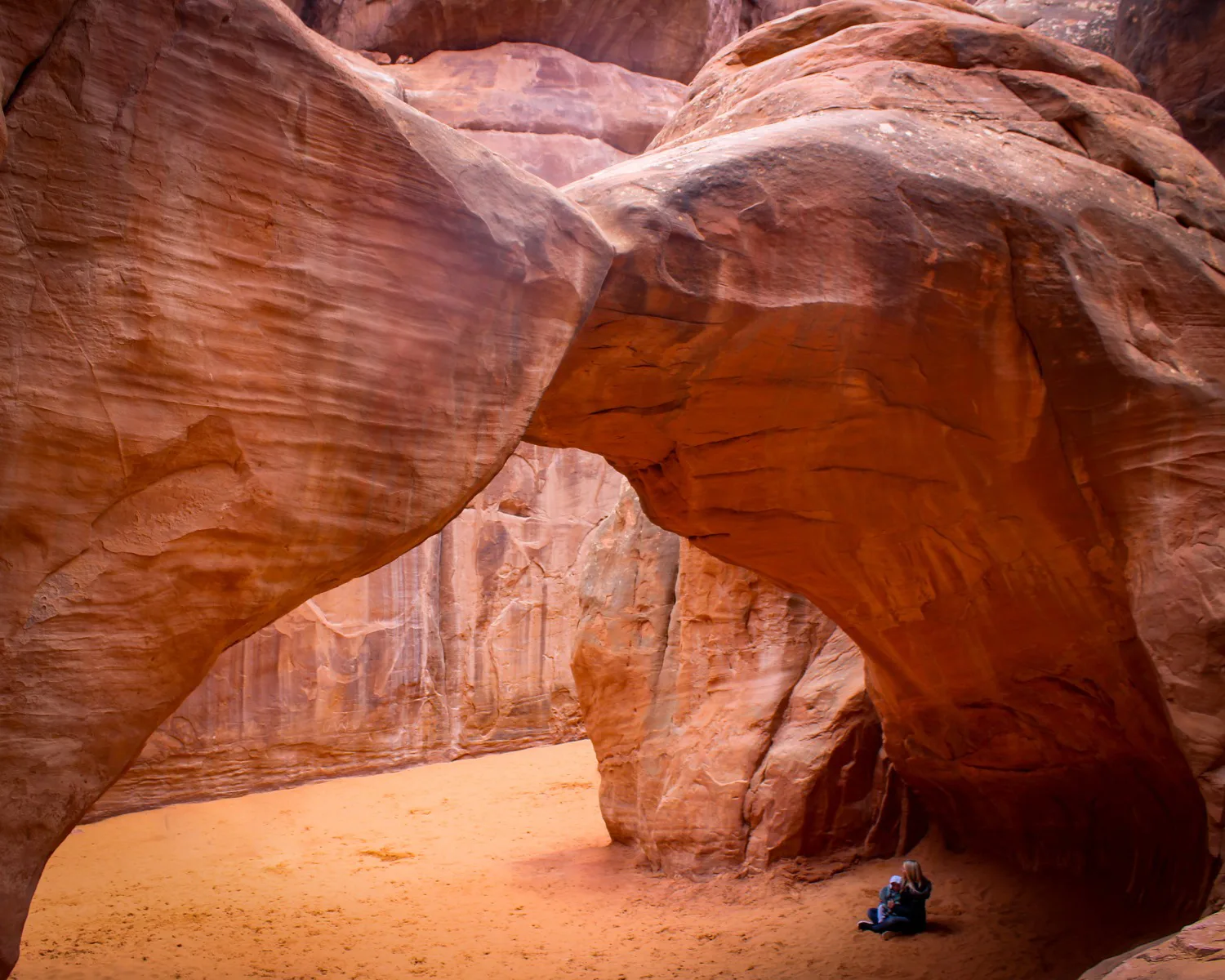
Arches National Park
#1 reason to go: It is without a doubt one of the strangest and coolest landscapes that exists in the United States.
Best time to go: Go in early spring or late fall to avoid crowds and avoid the need to make park reservations.
Should families with kids go? Yes! Arches is very kid friendly. Many of the hikes are short and easy to moderate in difficulty.
Park Description: Arches National Park is most famous for Delicate Arch but there are dozens of other prominent arches, natural bridges, and bizarre rock formations that will leave you thinking that ancient aliens would be a more plausible explanation for their existence than the forces of natural erosion.
Movie geeks will also appreciate the fact that the opening scene of Indiana Jones and the Last Crusade was filmed at Arches. Watch it again before you visit, and you’ll feel an even greater sense of adventure as you visit the famous landmarks seen in the movie, such as the Three Wise Men, Balancing Rock, and Double Arch.
The best part about the park is how accessible it is. You can hit all the best hikes at Arches with under 10 miles of hiking moderate trails over a day or two. There aren’t any death-defying hikes like Angel’s Landing or Half Dome but the scenery is still spectacular. But if you are feeling more adventurous, you can venture into the backcountry with a permit. With thousands of arches there are nearly endless ways to enjoy this national treasure.
#1 Tip for visiting: Moab can be a very expensive place to stay. Prices at the hotels start increasing the first week of March, so go the last week of February instead and you’ll save money and still enjoy some warm spring weather.
Other things to do in the area:
- Rafting on the Colorado River
- Mountain biking at Slick Rock or Porcupine Rim
- Visit an outdoor dinosaur museum at Moab Giants
- Canyonlands National Park
- Dead Horse Point State Park
Recommended by: JJ Haglund of The Minivan Bucket List
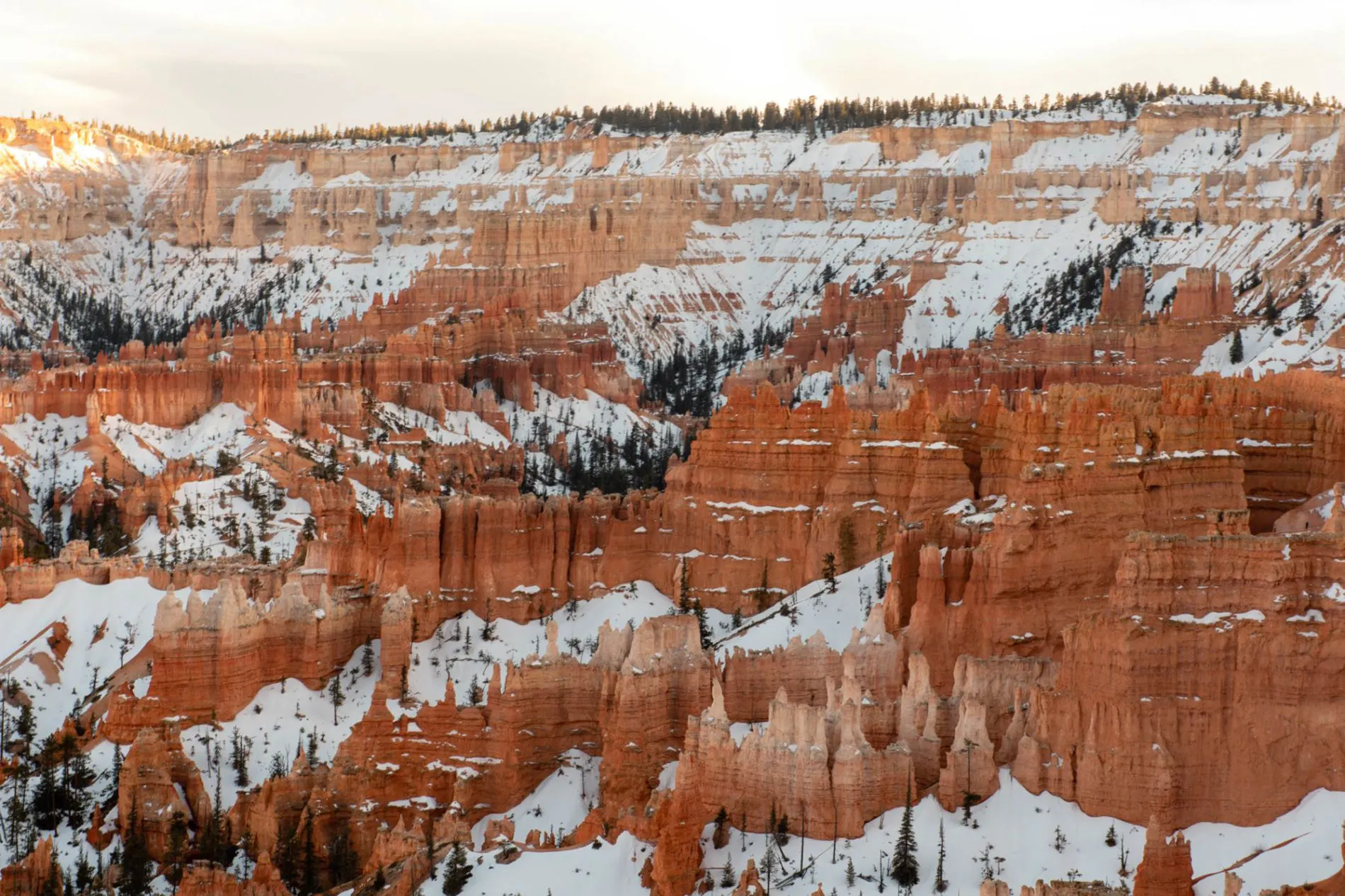
Bryce Canyon National Park
#1 reason to go: The best reason to visit Bryce is to experience the unique rock formations of the canyon, whether that is by photographing them, hiking, or taking a scenic drive.
Best time to go: The best time to visit is in Spring and Fall to have the best weather and less crowds than Summer.
Should families with kids go? Yes! Bryce is a good park for families. There is a lot of overlooks with views of the canyon and a variety of trails, although many trails do have steep drop offs.
Park Description: We had a great time hiking and camping in Bryce Canyon National Park. Hiking among the hoodoos is a truly unique experience unlike anywhere else in the world. We hiked the Queens Garden and Navajo Loop Trail, and then the Peekaboo Loop Trail, which was one of the best experiences of my life!
The trails take you down and back out of the canyon with sweeping views of the park. If you don’t like hiking, Bryce is also a great place for a scenic drive. When the conditions are good you can drive the entire length of the park.
Some of the best spots to see are Inspiration Point, Bryce Point, and Rainbow Point. We visited during the spring and were able to camp at first-come, first-served site at North Campground inside the park. This made it easy to get to the best spots in the park early.
Watching the sunrise over Bryce was without a doubt my favorite part of visiting Bryce Canyon. From either Sunrise or Sunset Point, you can view much of the canyon and watch the rock turn red and the sun peek out above the cliffs.
#1 Tip for visiting: Go early to watch the sunrise over the canyon! The sunrise makes the hoodoos glow a brilliant orange and red and the park will be less crowded and peaceful.
Other things to do in the area:
- Visit Zion National Park
- Bike Ride in Red Canyon
- Visit Grand Staircase National Monument
- Stargaze
Recommended by: Val of Voyages with Val
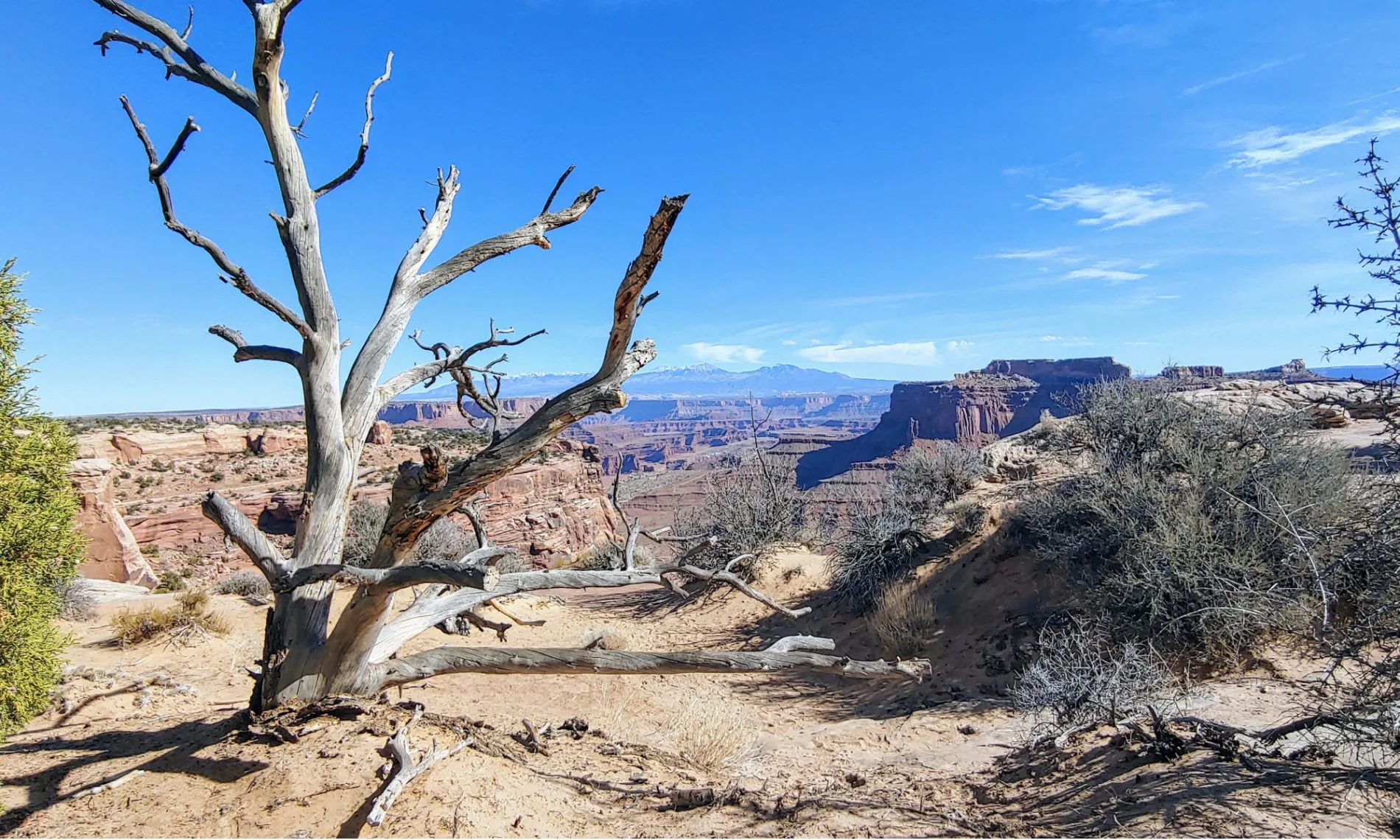
Canyonlands National Park
#1 reason to go: The stunning views of the desert canyon that seem to go on forever from Island in he Sky District of Canyonlands.
Best time to go: The months of May and October because the weather is absolutely perfect.
Should families with kids go? Yes! Canyonlands is good for families because there are plenty of easy hikes and a great Junior Ranger program.
Park Description: Island in the Sky is by far the most visited district so it is best to go early in the morning to avoid the crowds. The two things you absolutely must do in this district are the hike to Mesa Arch and a visit to the Grand Viewpoint Overlook. The Mesa Arch hike is only a half-mile round trip but the views through the arch are incredible.
The Grand Viewpoint is visible from the parking lot but I would recommend taking the two-mile hike along the rim for some epic views. The Needles District is 75 miles from Moab so there are fewer crowds. But, it is well worth the drive!
The best hike in Canyonlands is the Chesler Park Loop Trail. The loop trail is strenuous but it is the only way you can get close to the needles (the nickname of the colorful rock spires). If you don’t have time for the hike, you can get a great view of the needles in the distance from the short Pothole Point trail.
I’ve been to Canyonlands National Park many times and have used several different lodging options. Staying in a hotel or vacation rental in Moab is a great option because Moab is centrally located between the two districts of the park. There are also some great campgrounds in both districts of the park and surrounding the town of Moab.
#1 Tip for visiting: Because there are two different districts in Canyonlands National Park and they are over 100 miles apart, you will want to allow two full days to explore both districts in the park.
Other things to do in the area:
- Visit nearby Arches National Park
- Check out Newspaper Rock – a 200 square foot section of sandstone covered by hundreds of 2,000 year old petroglyphs
- Take a rafting tour down the Colorado River
- Explore the red rocks on a jeep or UTV tour
Recommended by: Diane of Travels with Eli
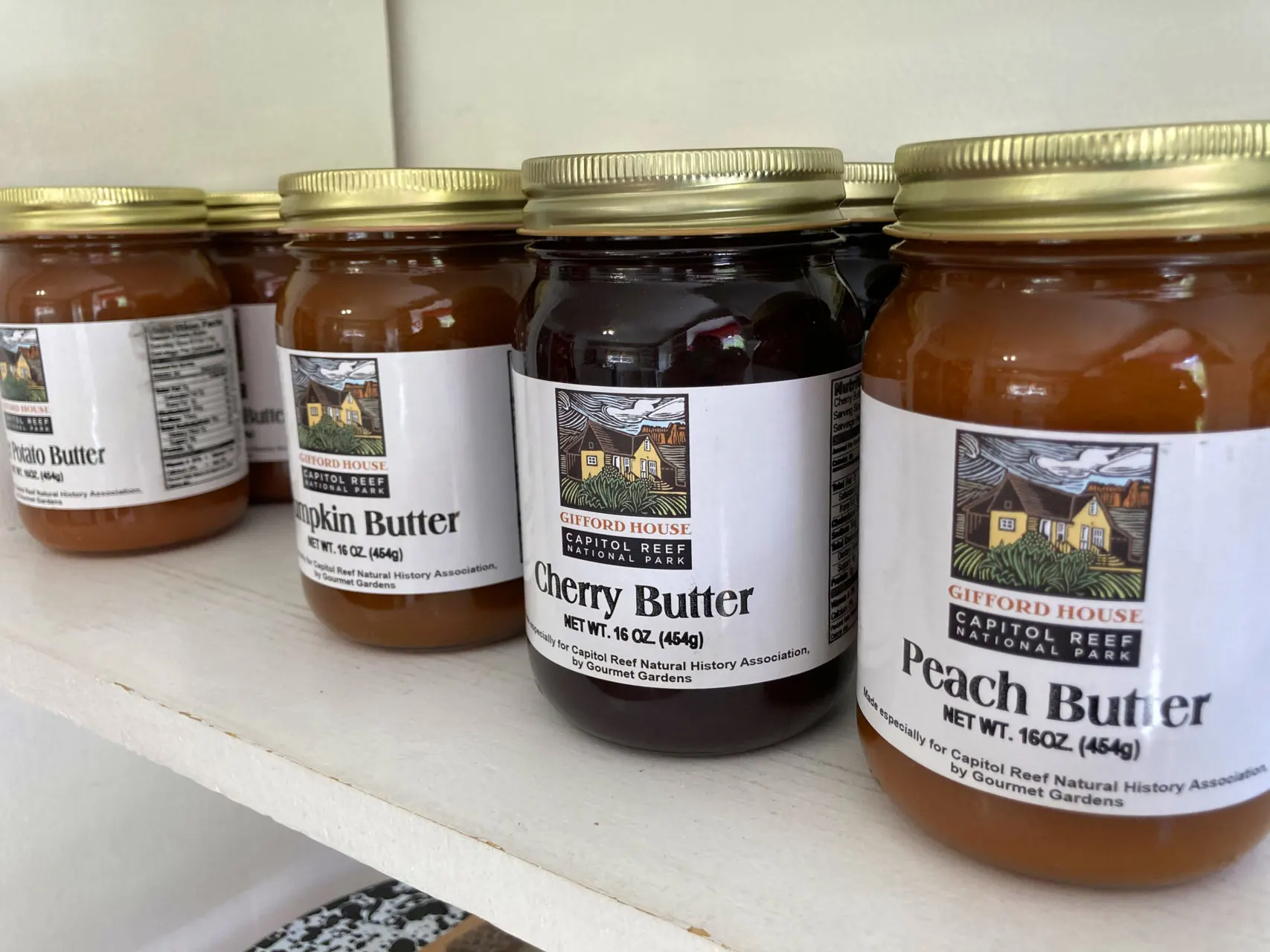
Capitol Reef National Park
#1 reason to go: The vast history that’s still evident in the park today.
Best time to go: Spring and Fall are the best times to visit because the weather is perfect.
Should families with kids go? Yes! It is perfect for families. Most young children love picking fruit, eating pies, and exploring abandoned cabins.
Park Description: Capitol Reef National Park is located in Utah and is part of the Mighty 5 National Parks. Capitol Reef has amazing hikes, landscapes, and huge canyons to explore. One of the top reasons we love Capitol Reef is that it has a unique historic aspect to the park.
Early settlers planted thousands of fruit trees from the 1880s to the 1960s. These trees still stand today and are maintained by park staff at Capitol Reef National Park. There are over 1900 fruit trees. If you camp within the Fruita Campground at Capitol Reef you can freely pick from the trees and partake of the fruit. But don’t worry if camping isn’t your thing and you still want to try the delicious fruit. There is a store located within the park where you can purchase freshly made fruit pies and jams.
Another interesting historical fact is that early settlers in the 1800s actually lived in the park. There are abandoned cabins, a schoolhouse from the 1800s, and the Gifford House, which is a farmhouse that was occupied until 1969. All of these historic markers are available to explore. Capitol Reef National Park really is unique and worth a visit!
#1 Tip for visiting: Camping in this area is fantastic. You can camp at traditional sites, tee pees, covered wagons, or RV spots easily.
Other things to do in the area:
- Goblin Valley State Park is 1.5 hours away
- 2 hours to Moab where Canyonlands and Arches National Park are located
Recommended by:
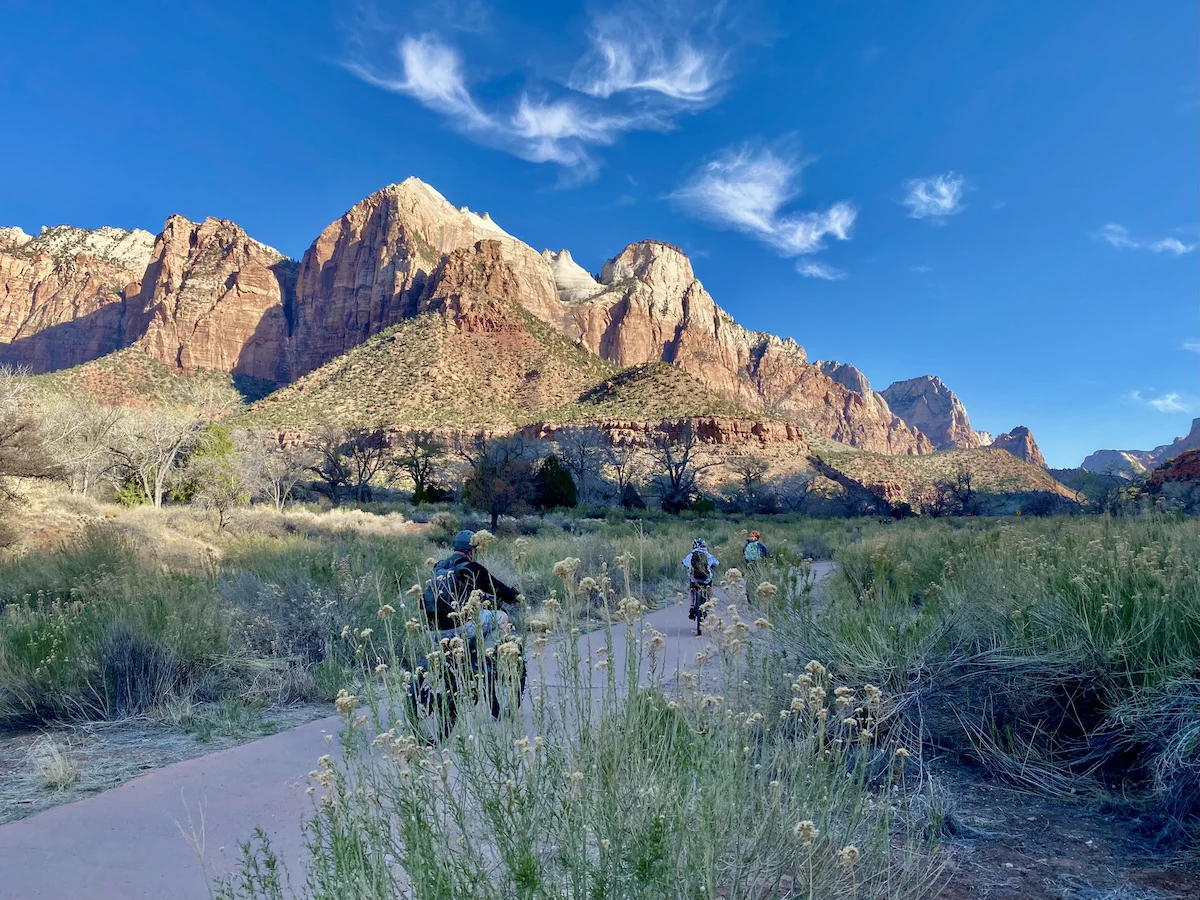
Zion National Park
#1 reason to go: For spectacular hiking!
Best time to go: Visit Zion in spring or fall for fewer crowds and more temperate weather.
Should families with kids go? Yes! Hikes for every level mean that adventurous teens can test their limits while little ones can walk or cycle the flat paved Pa’rus Trail which zig zags over bridges along the stunning Virgin River.
Park Description: Zion National Park in southwestern Utah is everybody’s favorite park. It’s small and compact, making it easy to see in just a few days. The Virgin River cuts through the narrow canyon beckoning you to look up, up, up at the ever shifting colors— lime, pink, and blazing orange—on the cliffs above.
We’re frequent visitors but our all-time favorite activity, on our most recent visit, was cycling through the park. If you don’t own your own e-bike, consider renting in nearby Springdale. Only bike and park shuttles are allowed in the park in summer which makes for a magical cycling experience. Take a break mid-cycle at the lodge for a delicious lunch. Zion National Park’s lodge serves up top-notch fare.
The main reason to visit though is for hiking. The best hikes in Zion take you directly into this majestic country. One of our favorites was heading up the Canyon Overlook Trail in Zion’s upper East Canyon for a panoramic sunset. More adventurous hikers head to Angel’s Landing for sunset, but we loved the ability to get the same view for a shorter ascent—30 minutes to an hour round-trip—that included guard rails.
Springdale is a great place to find a hotel. Don’t forget, a visit to Zion makes an epic parks adventure!
#1 Tip for visiting: Stay inside the park to miss the long line of cars waiting to get inside in the morning. Otherwise, stay in Springdale but be there when the park opens!
Other things to do in the area:
- Explore the dining scene in Springdale
- See the hoodoos at Bryce Canyon National Park (1 hour 45 minute drive from Zion)
- Visit Coral Pink Sand Dunes State park (30 minutes from the east entrance to the park)
Recommended by: Chris of Explore Now or never
Author Bio – Corinne is an avid camper and traveler. She’s been to all 50 of the US states and has four more Canadian provinces to visit. However, she’s not stopping yet. There’s always more to see of this great continent! Corinne loves local foods, getting outdoors, landscape photography, and road trips.

